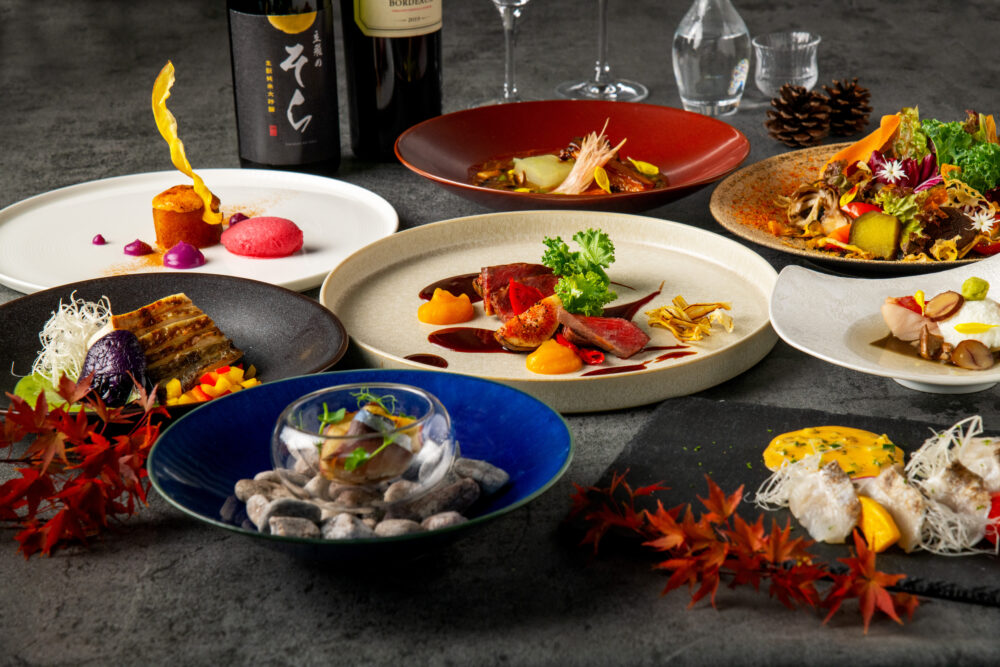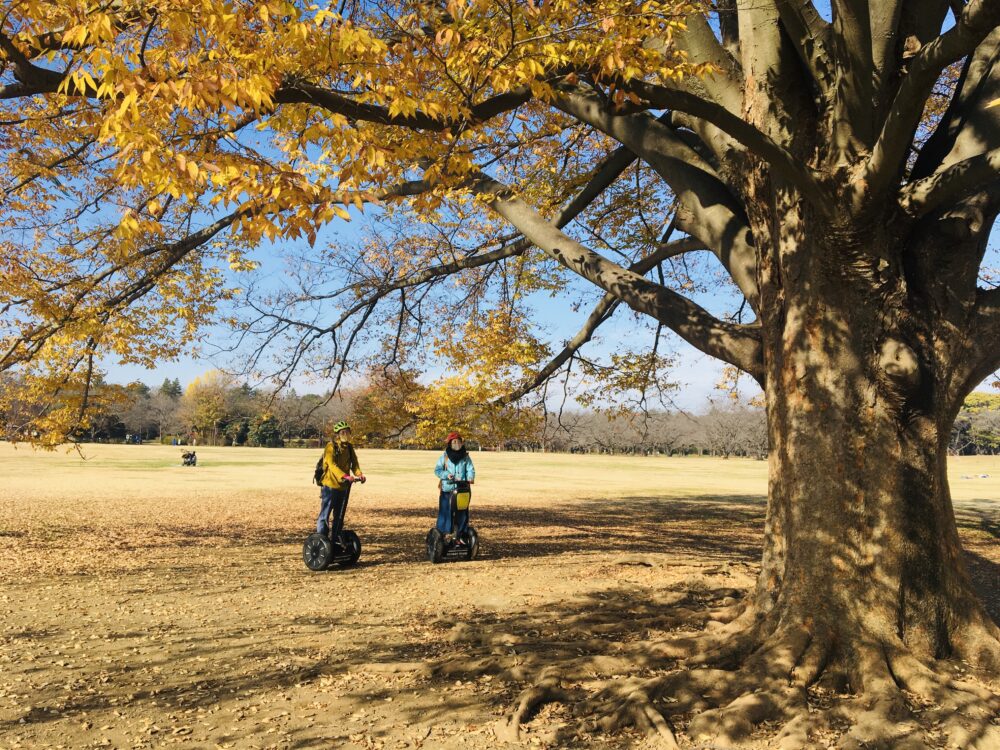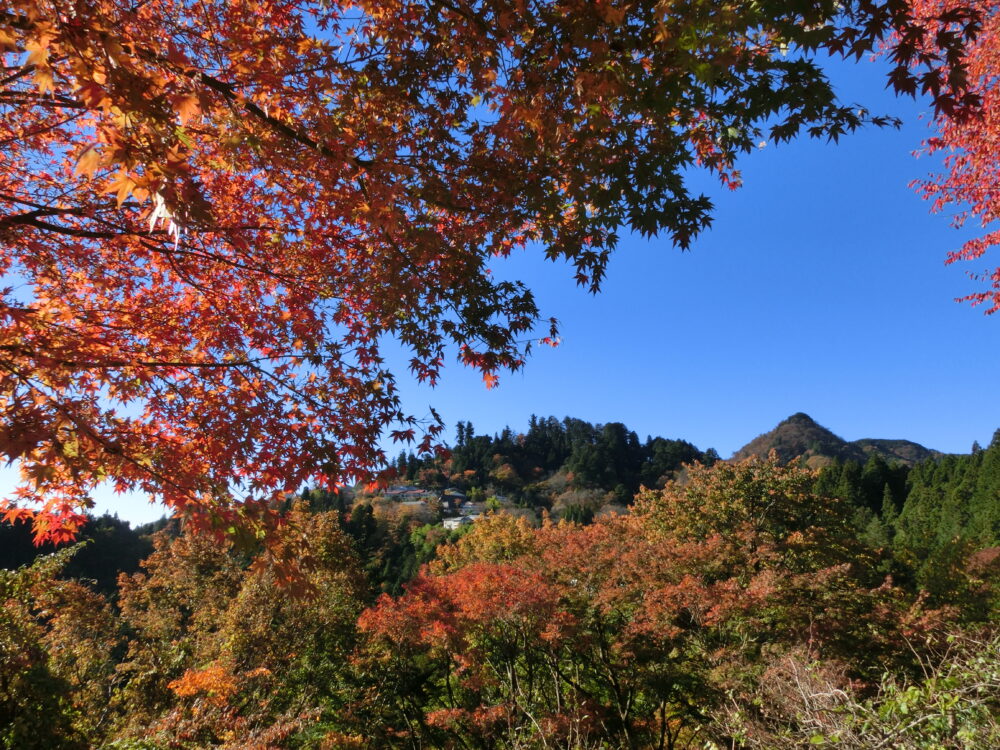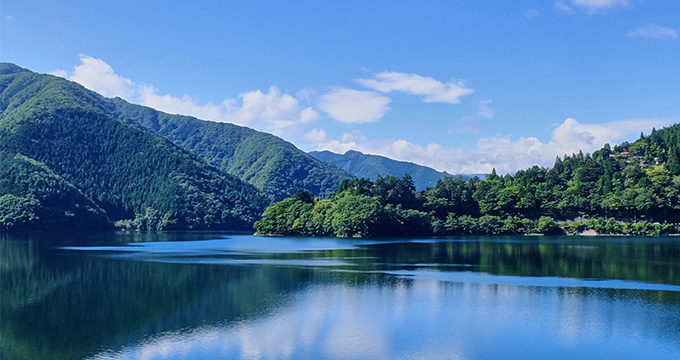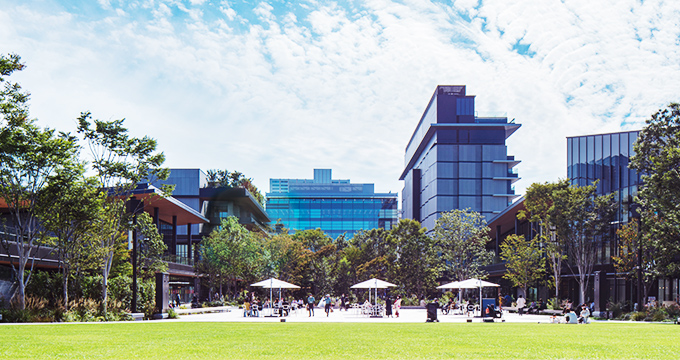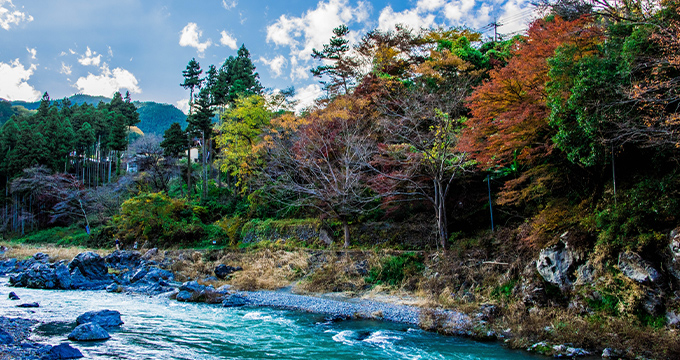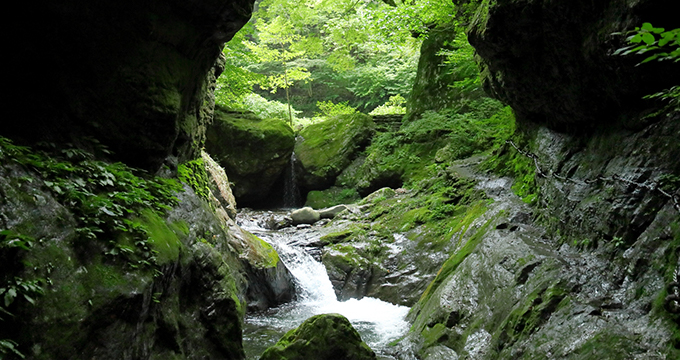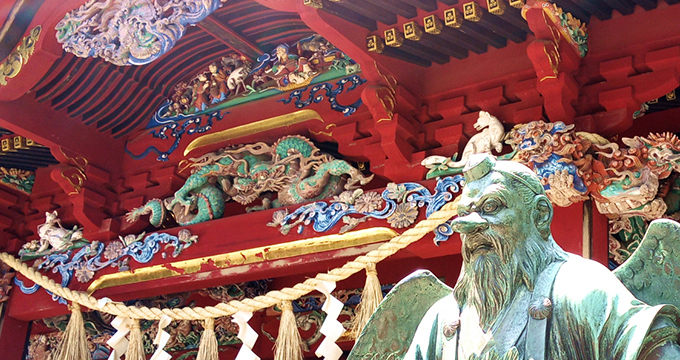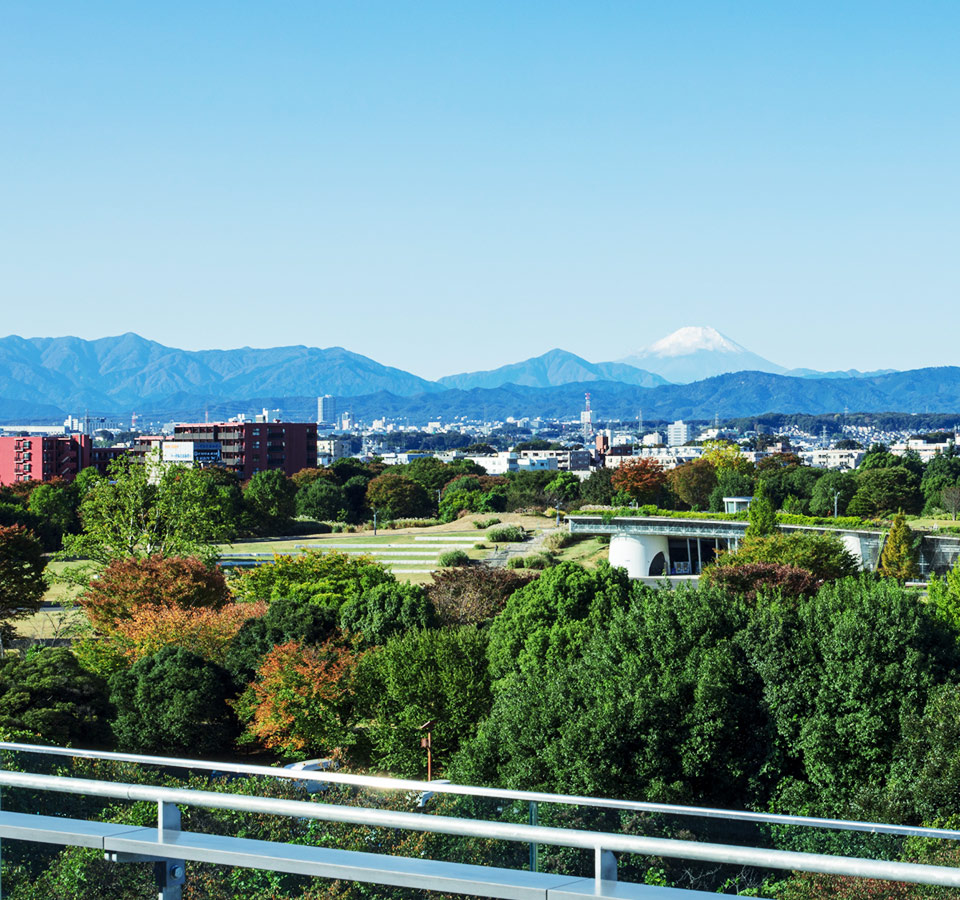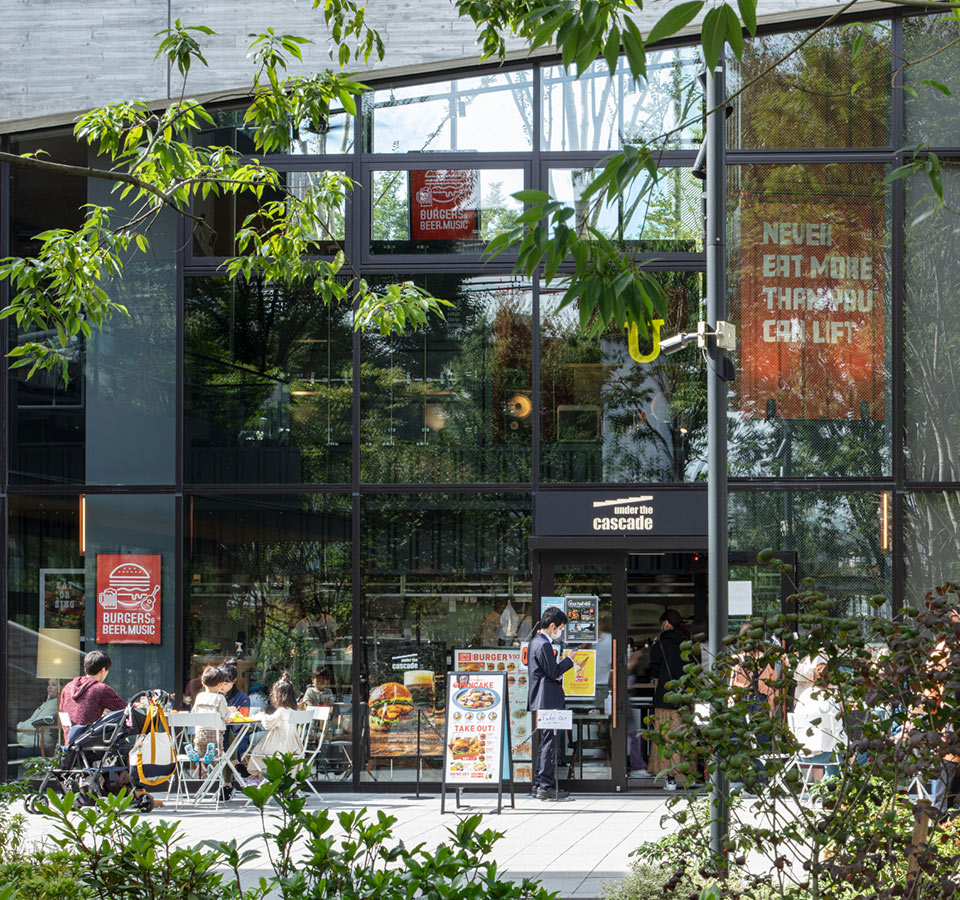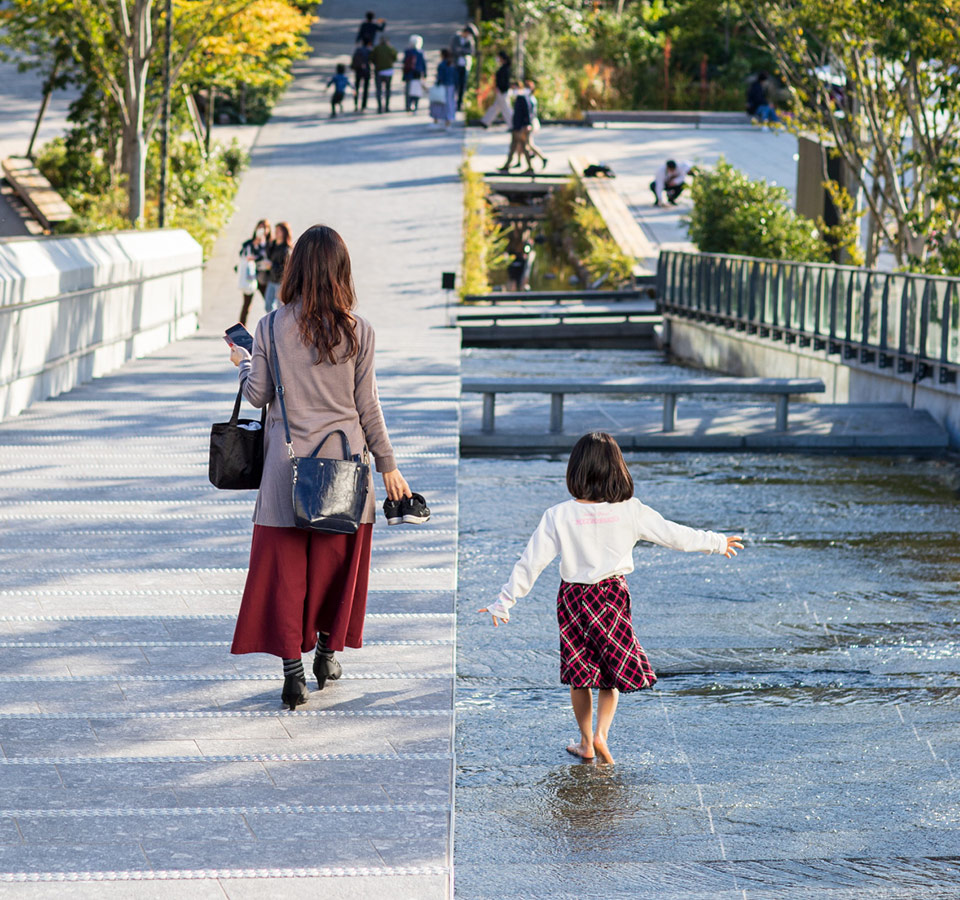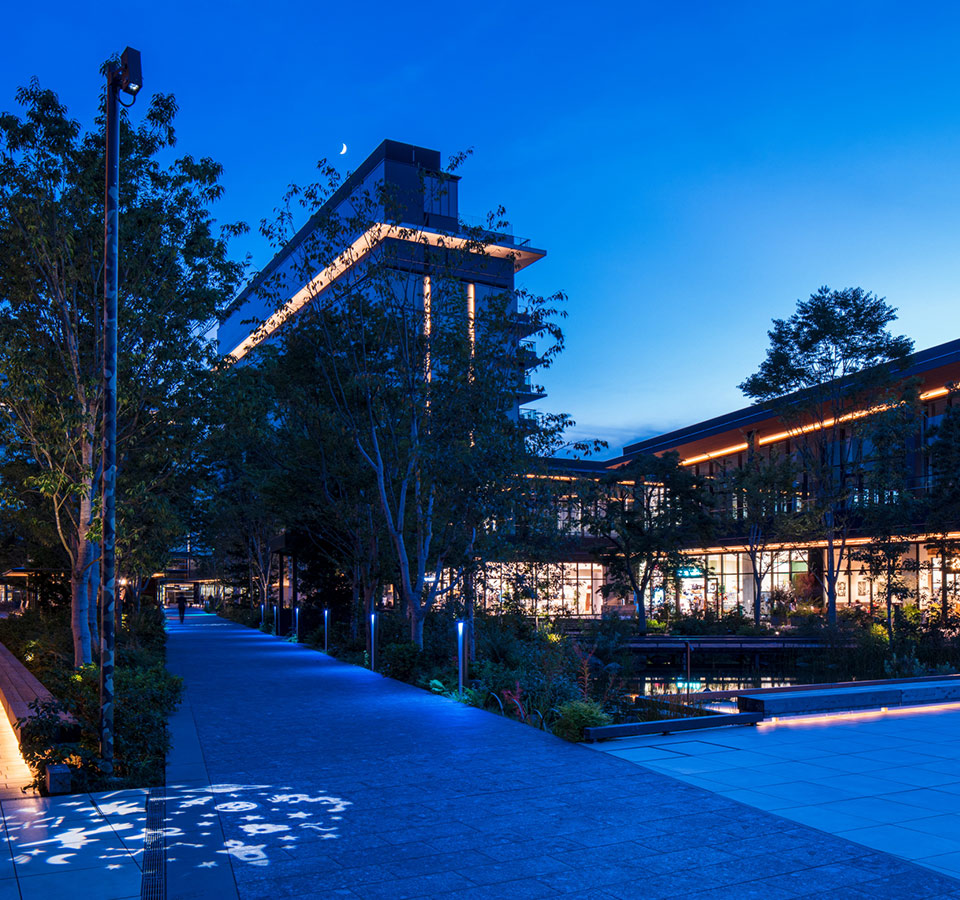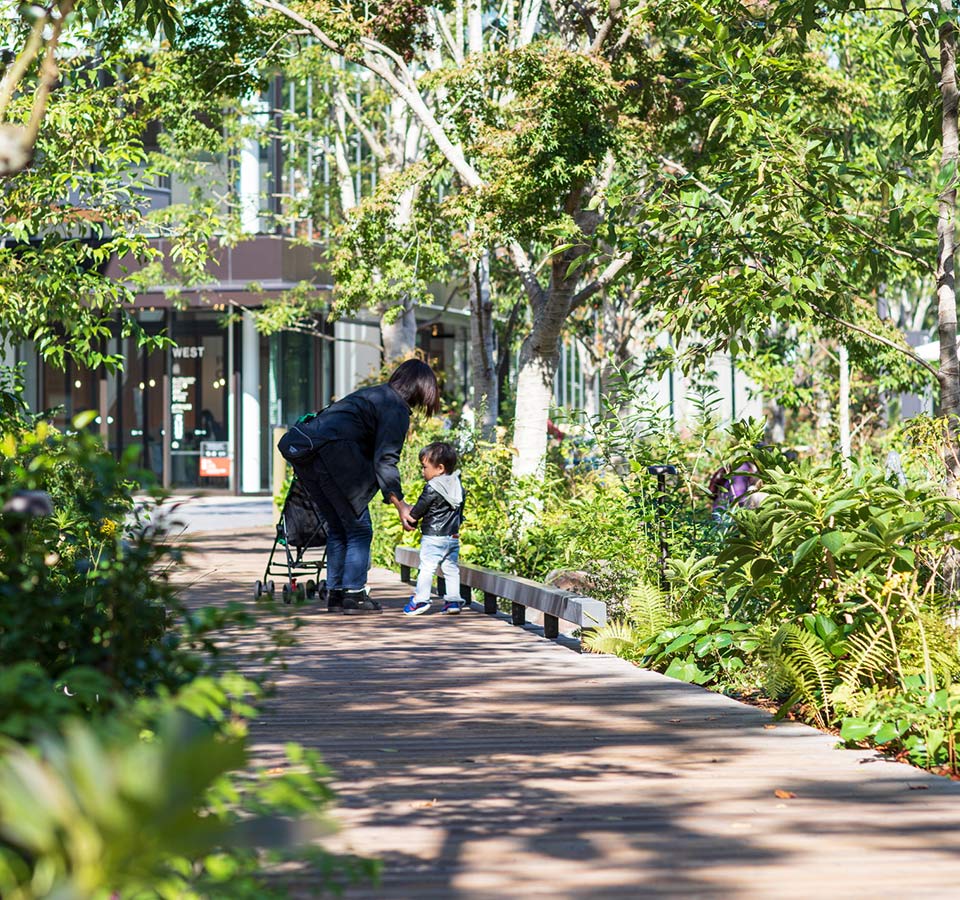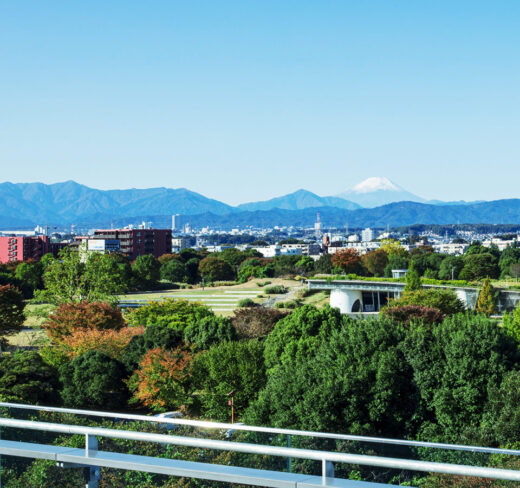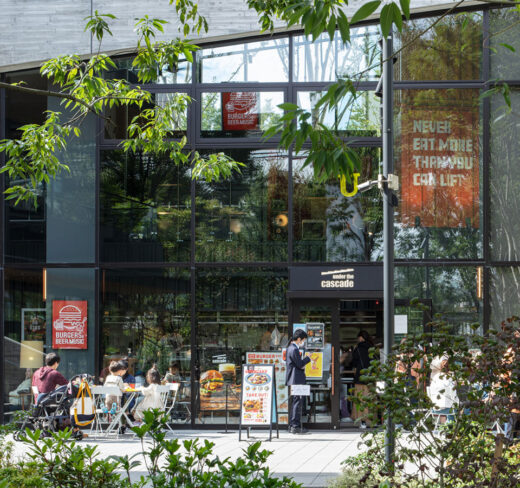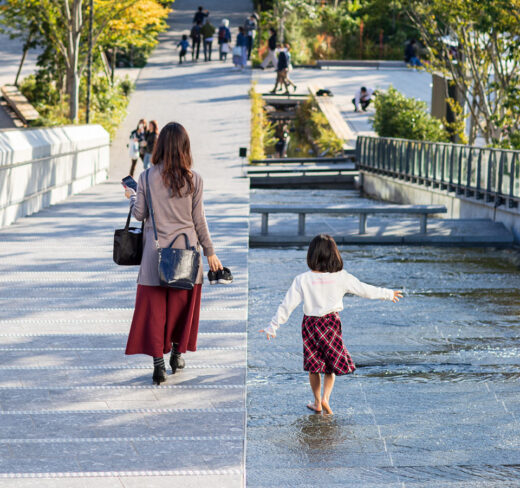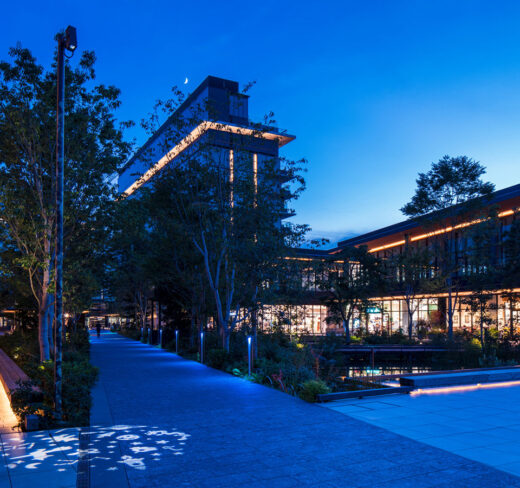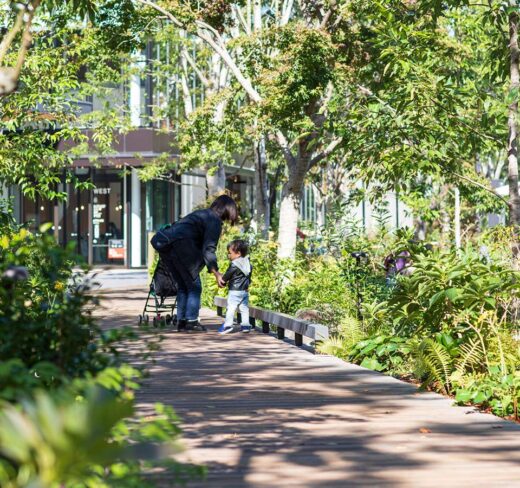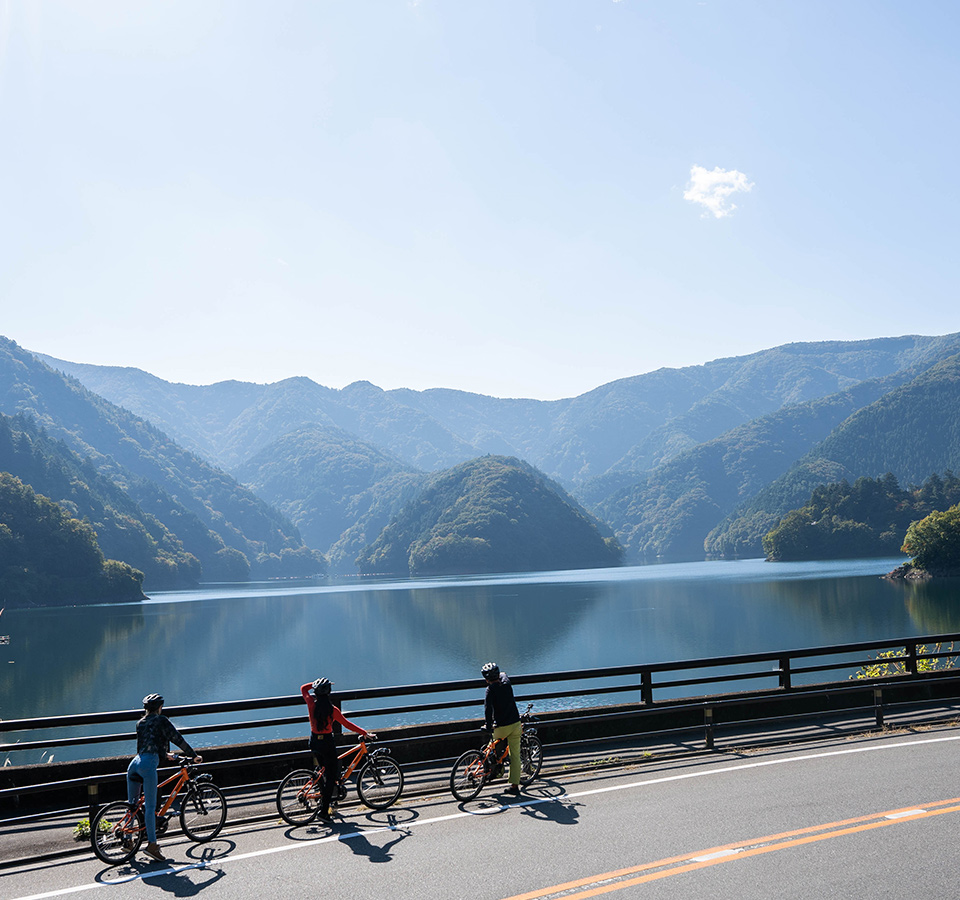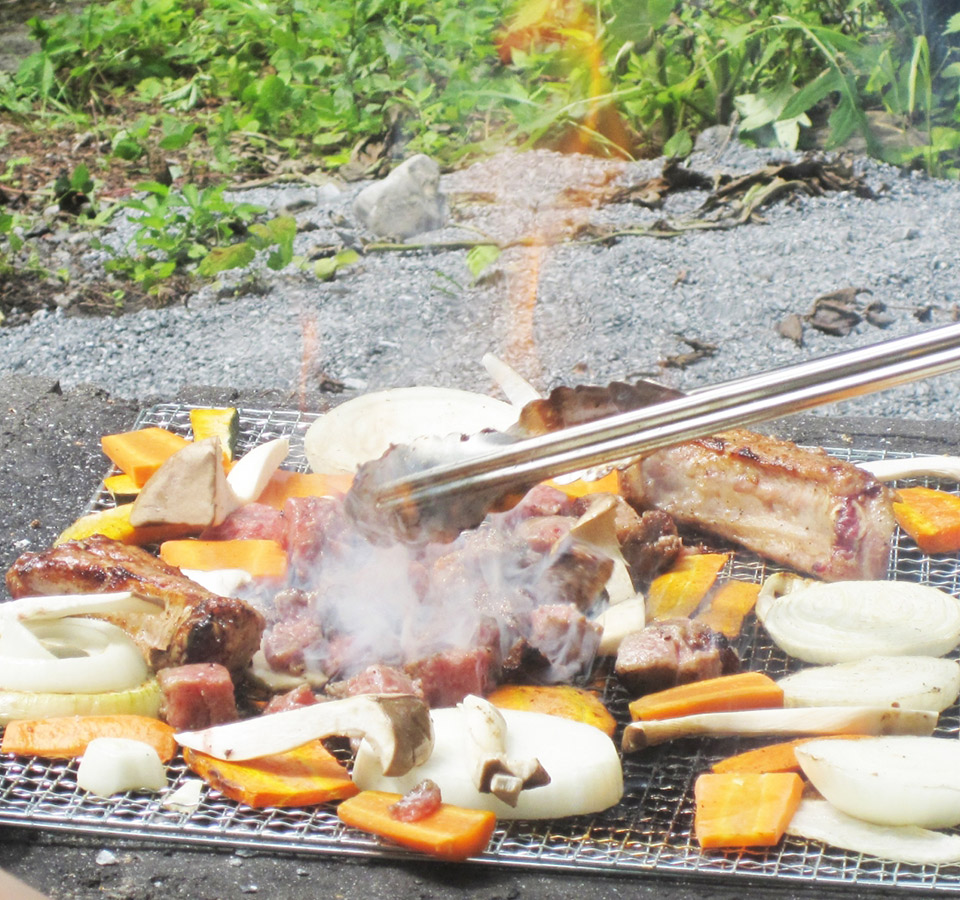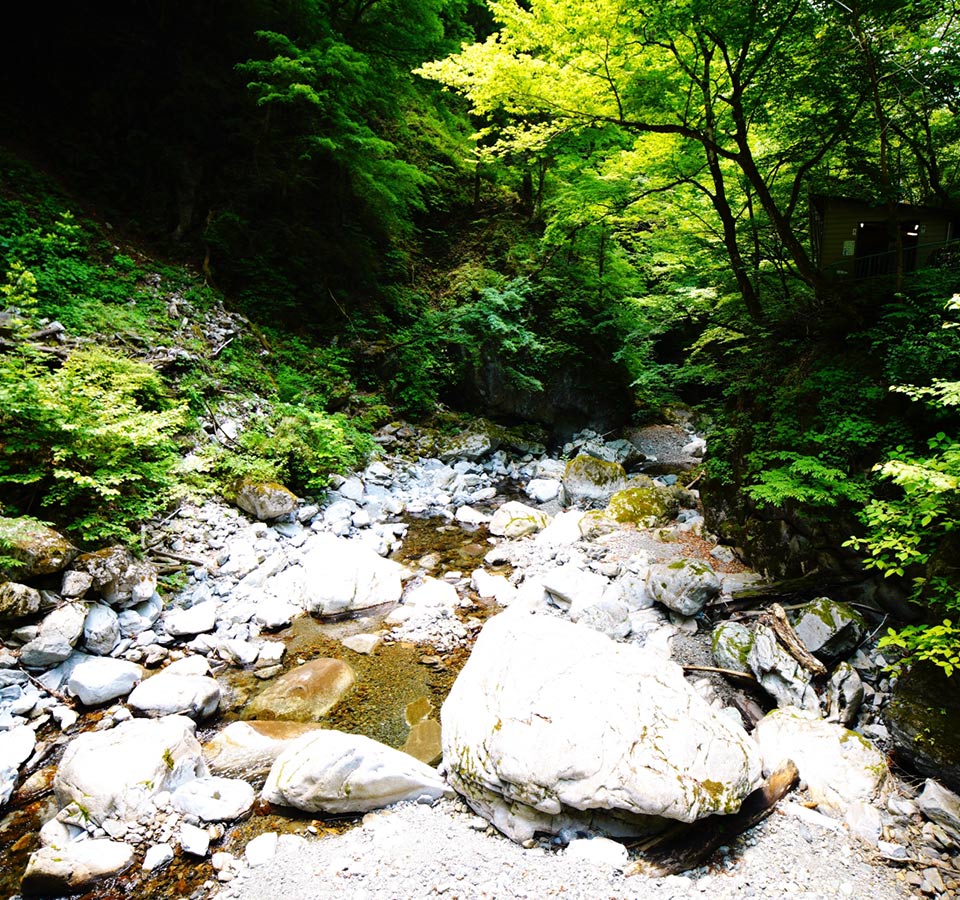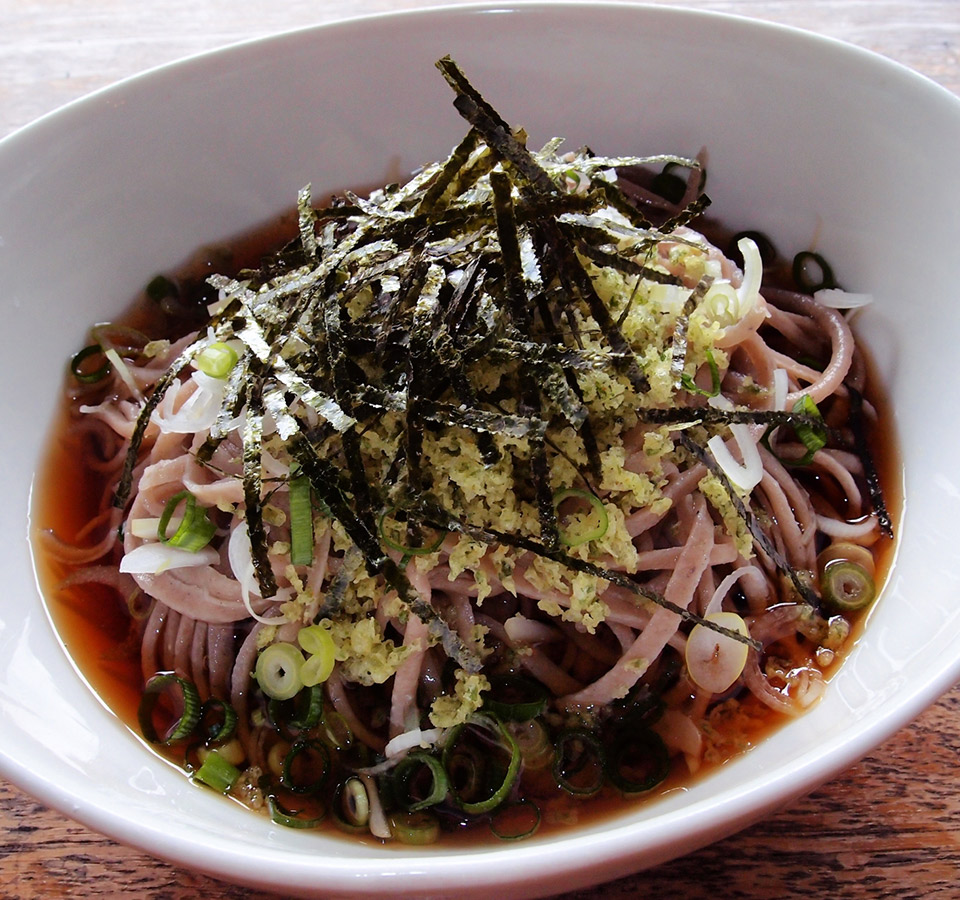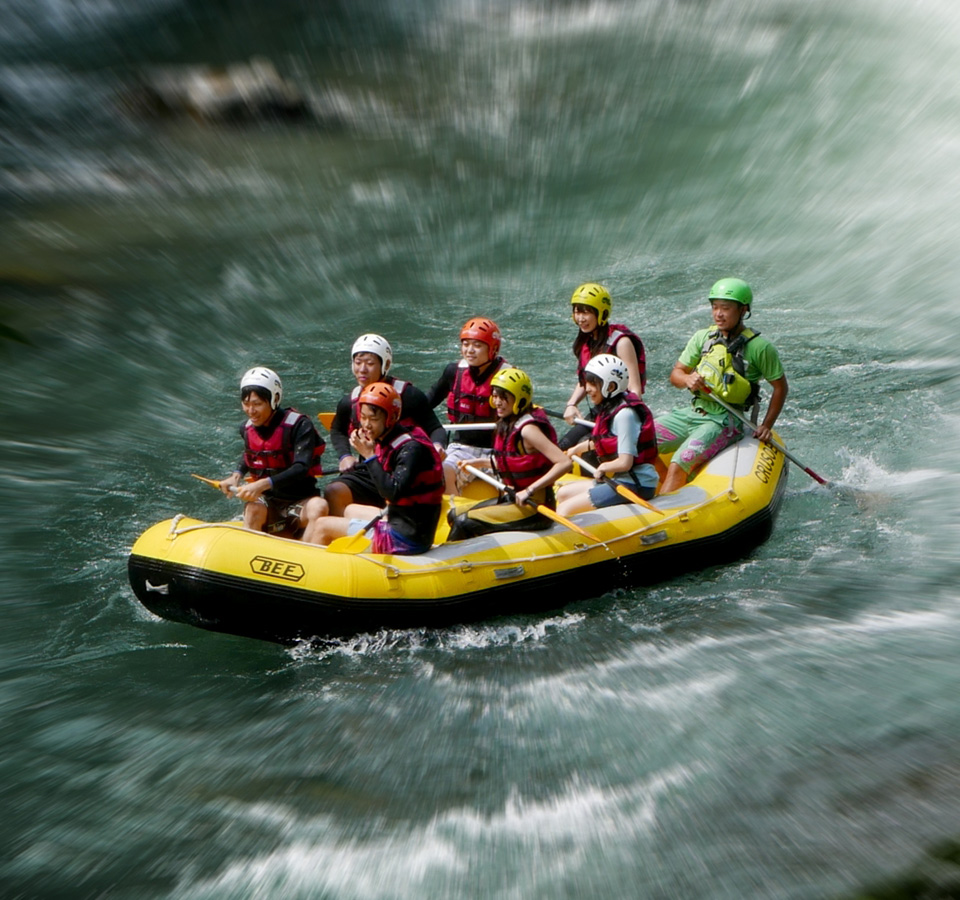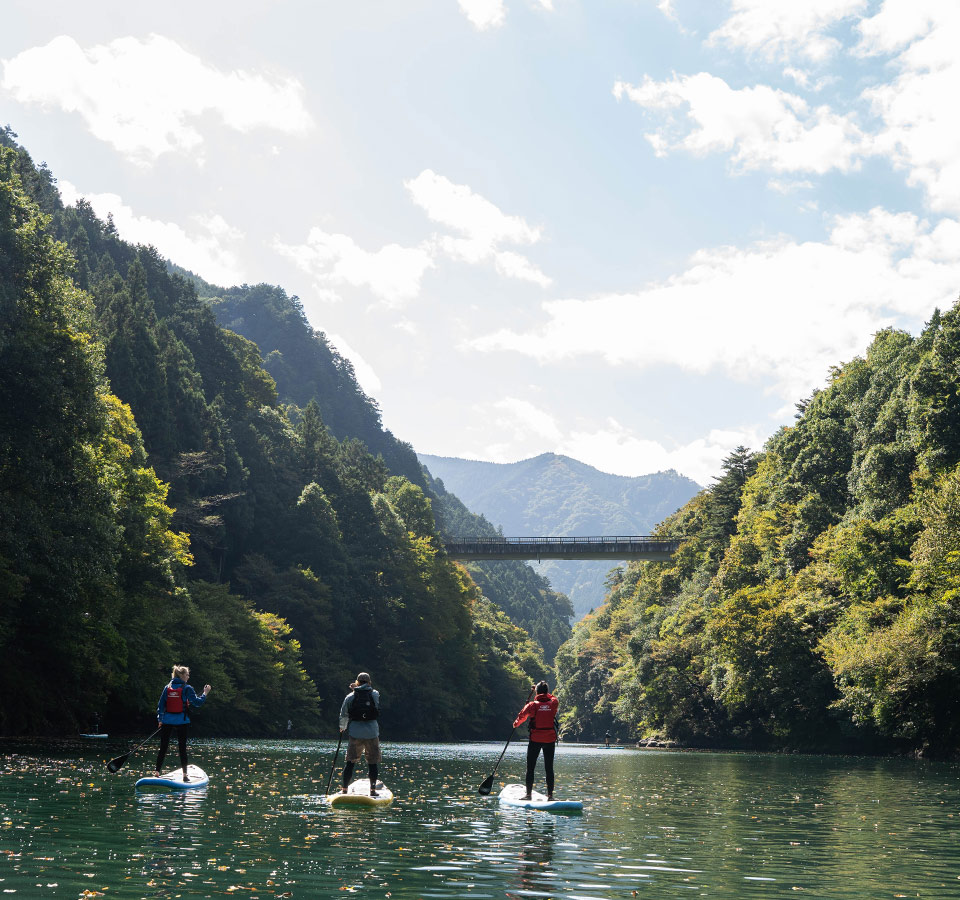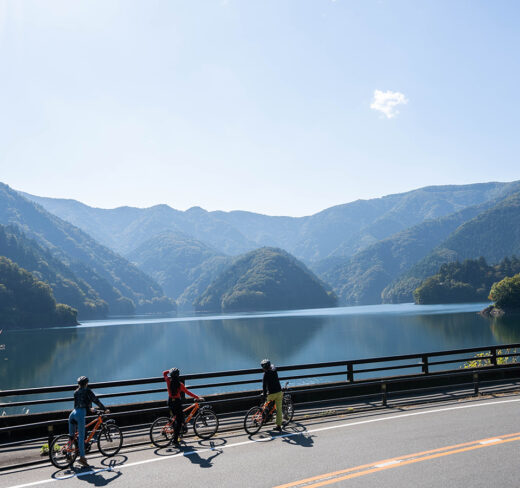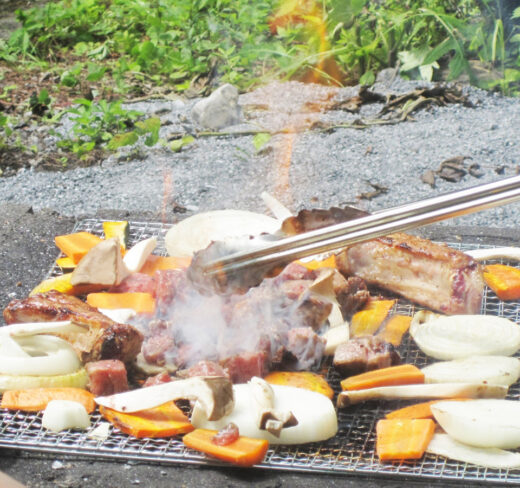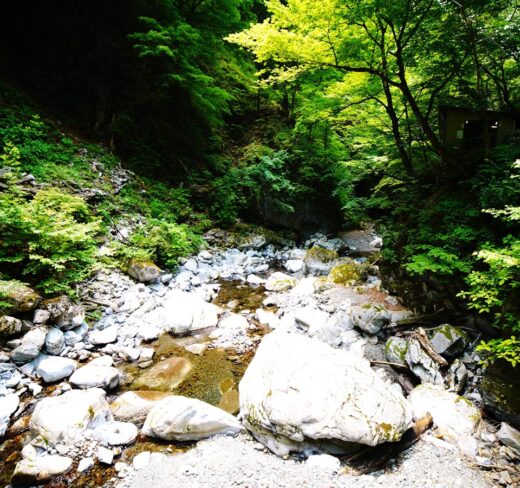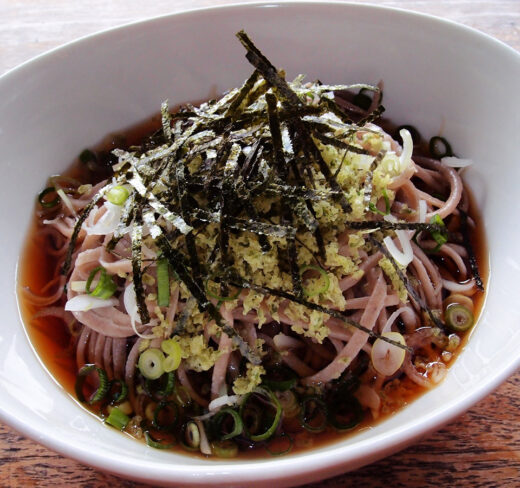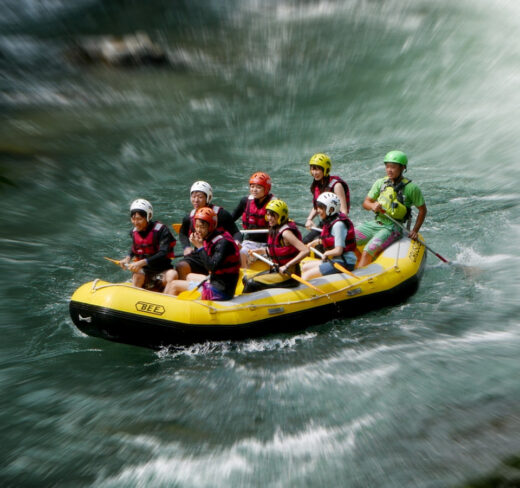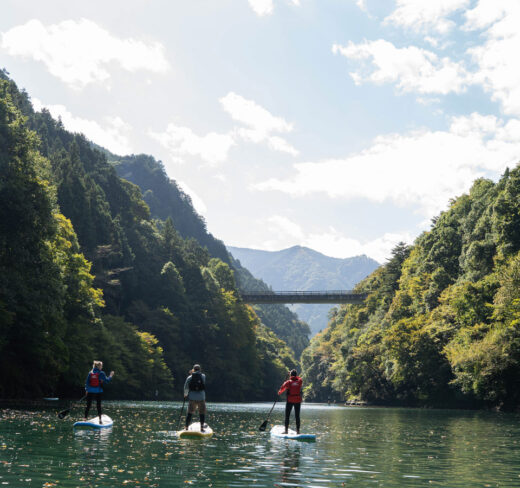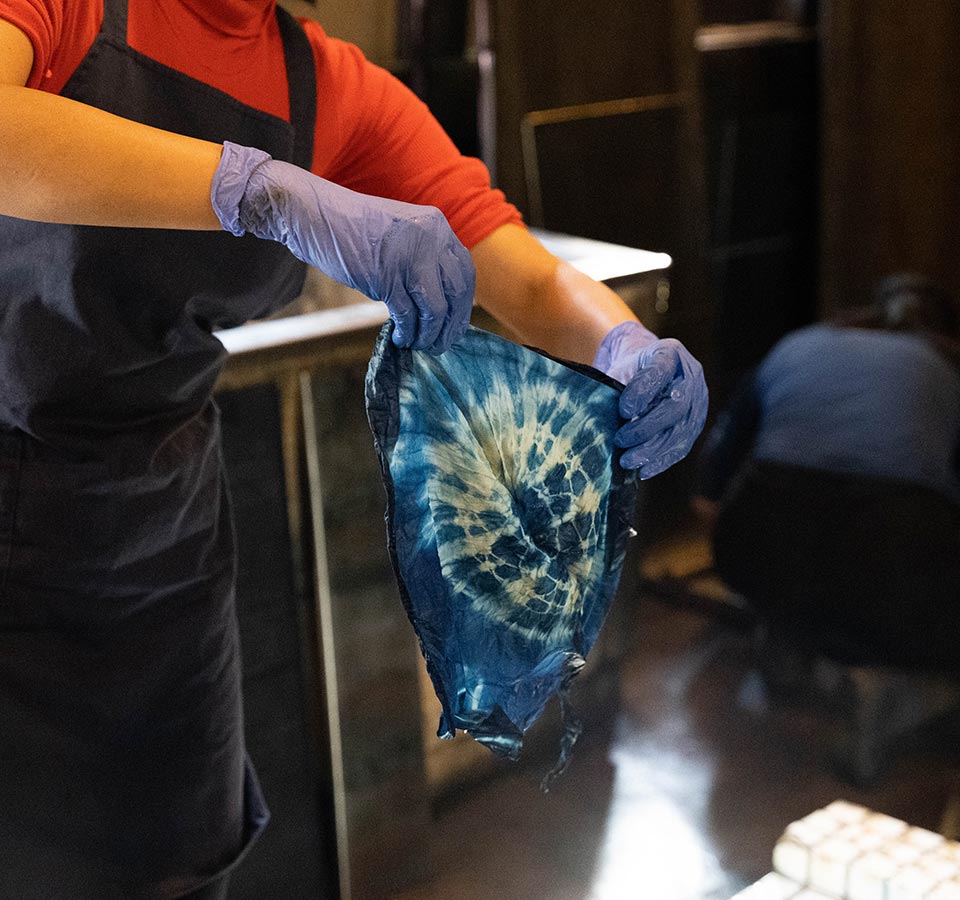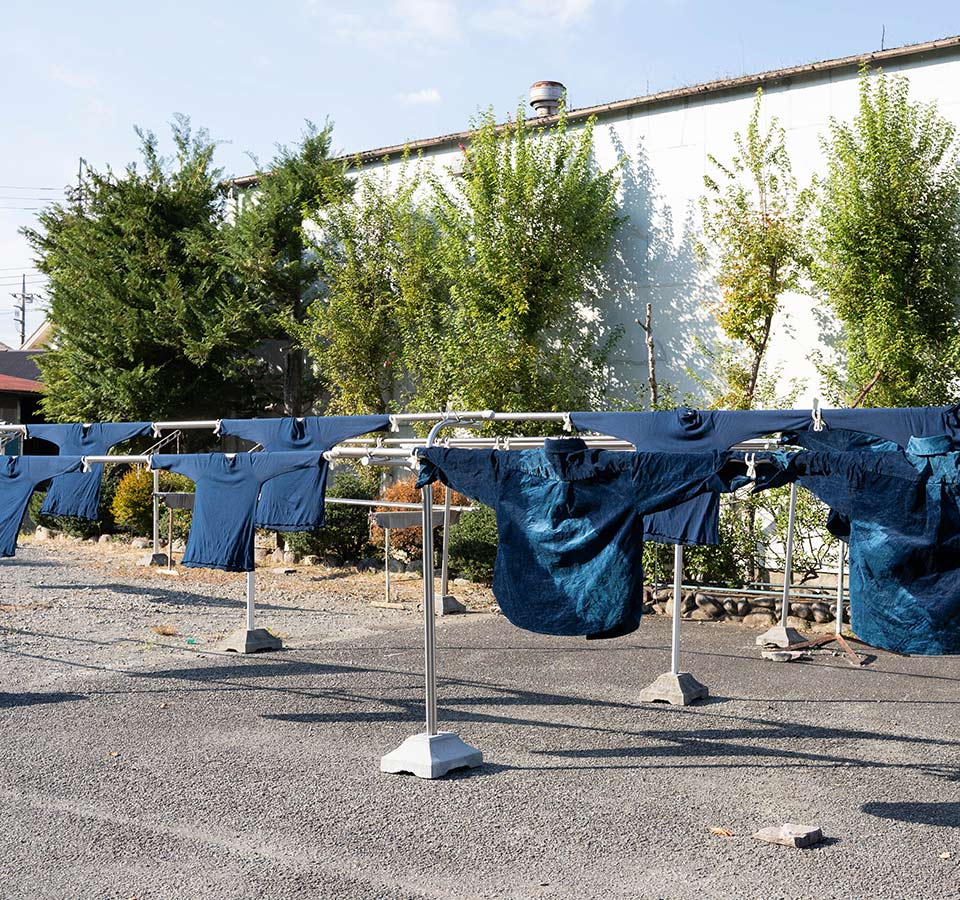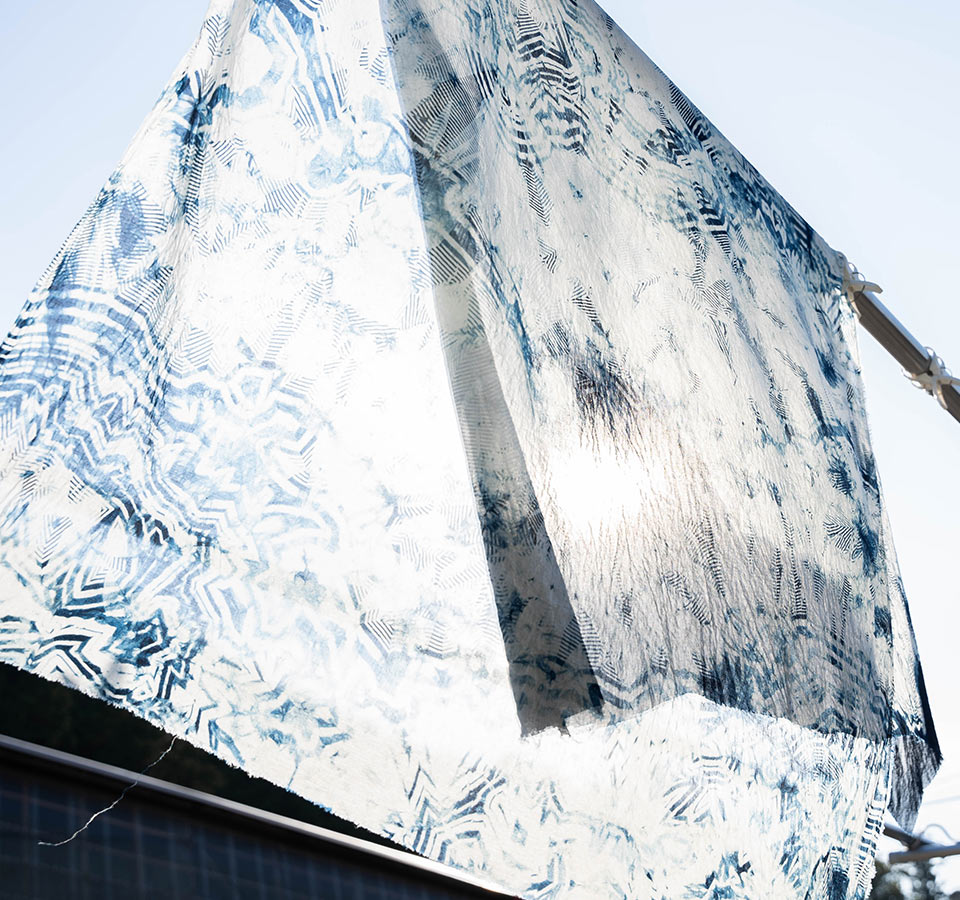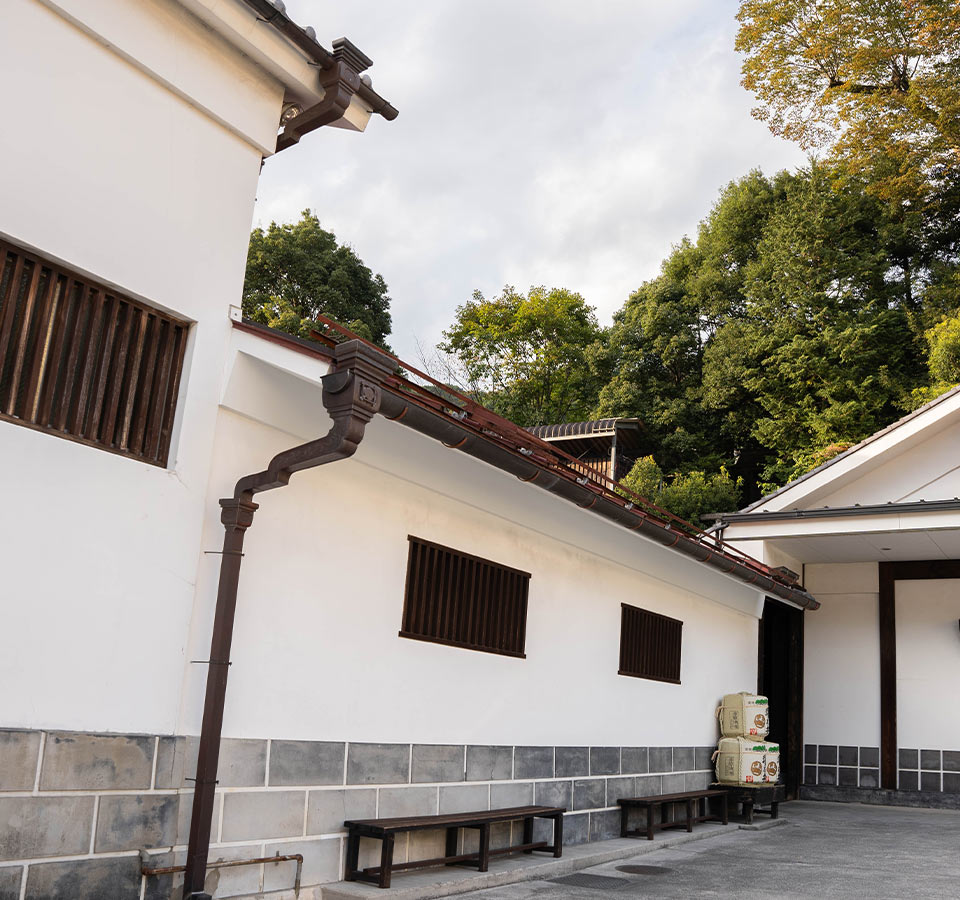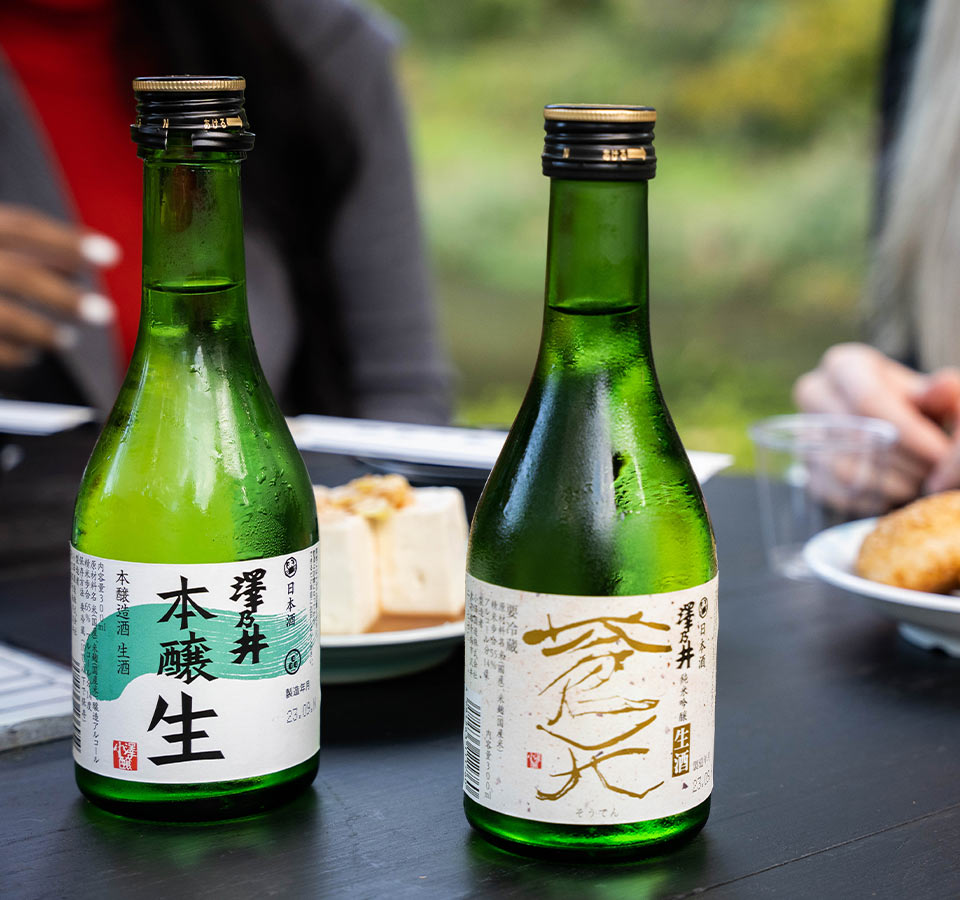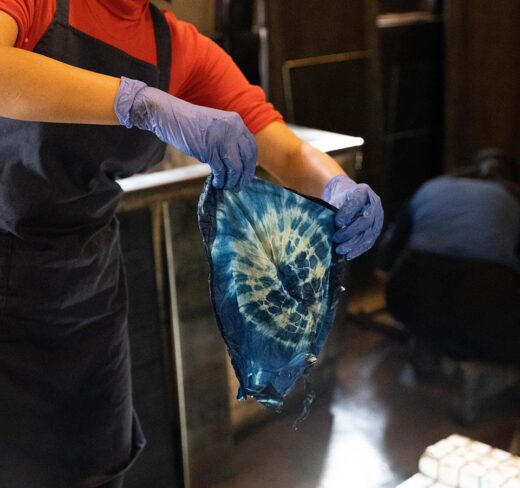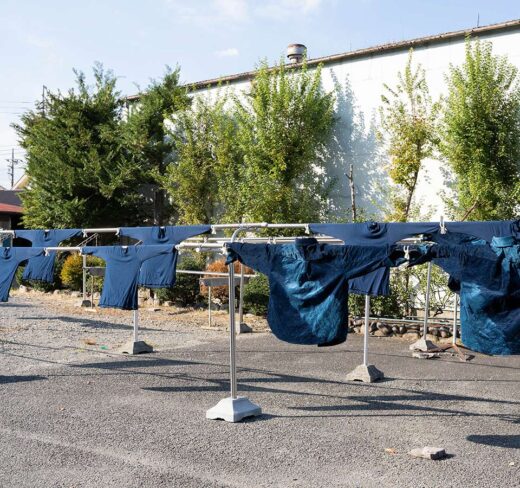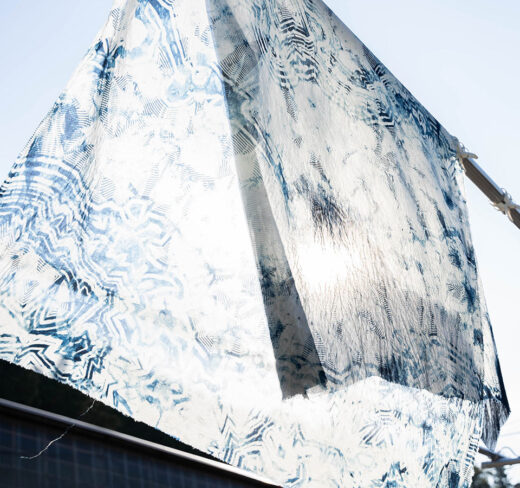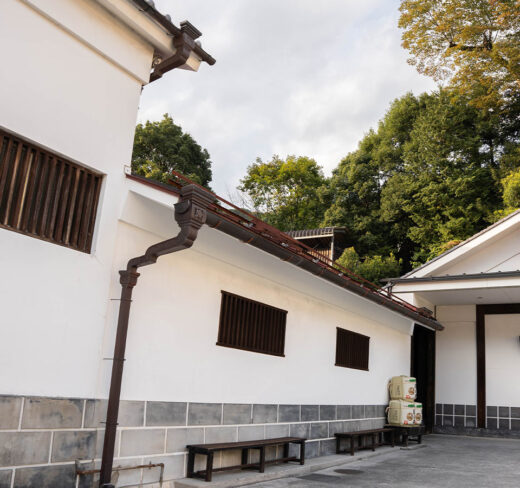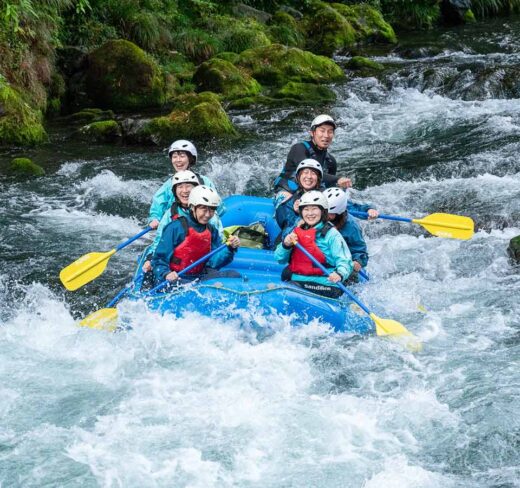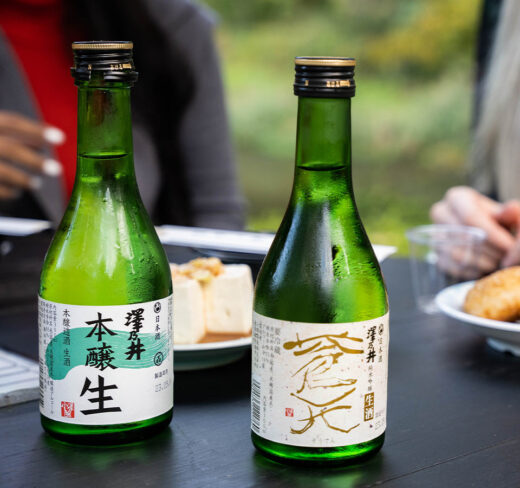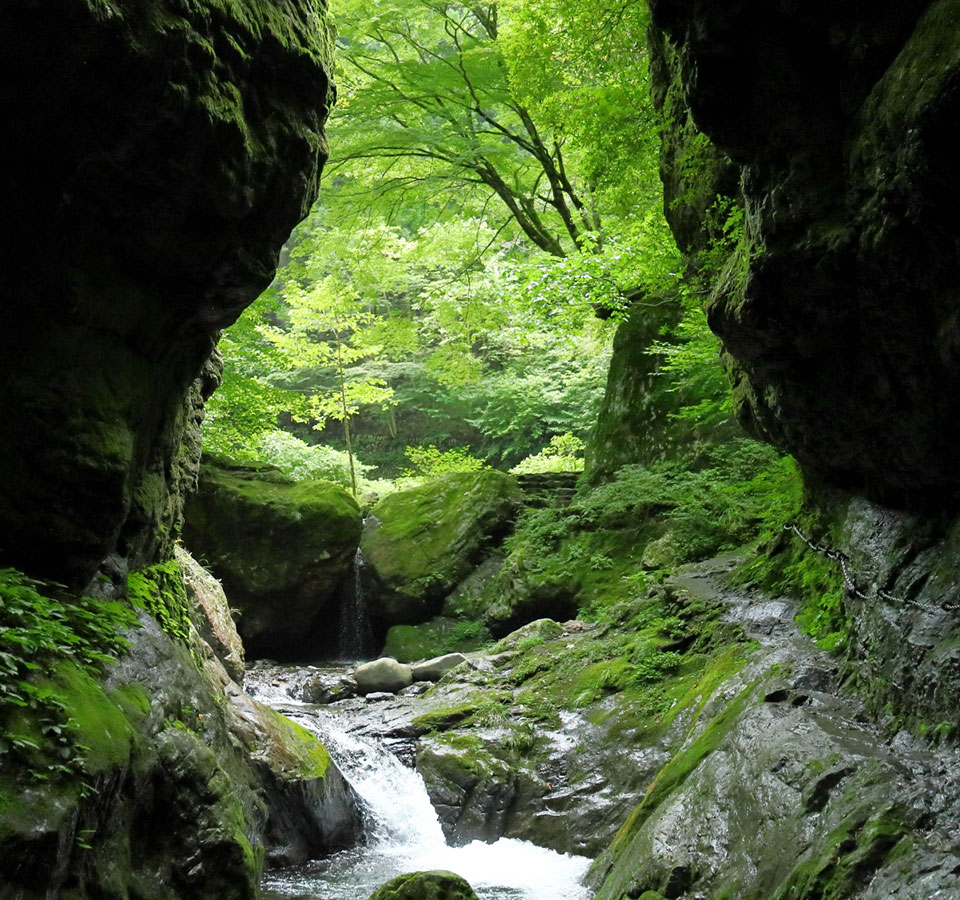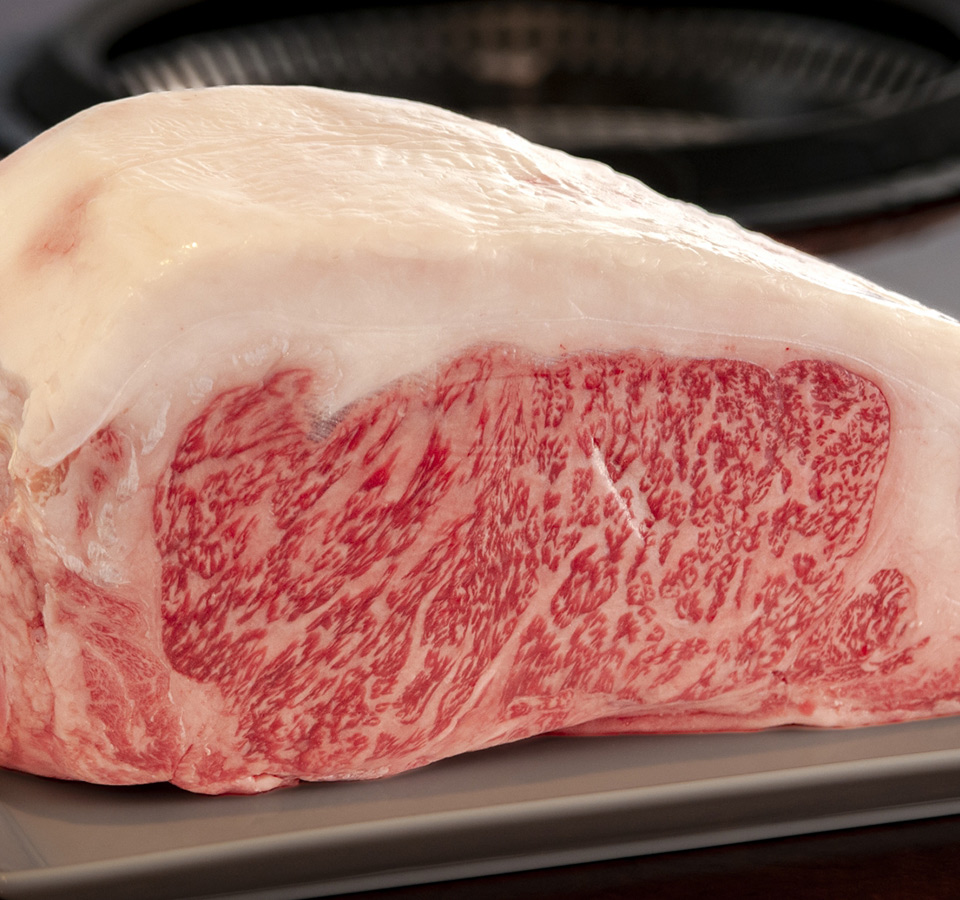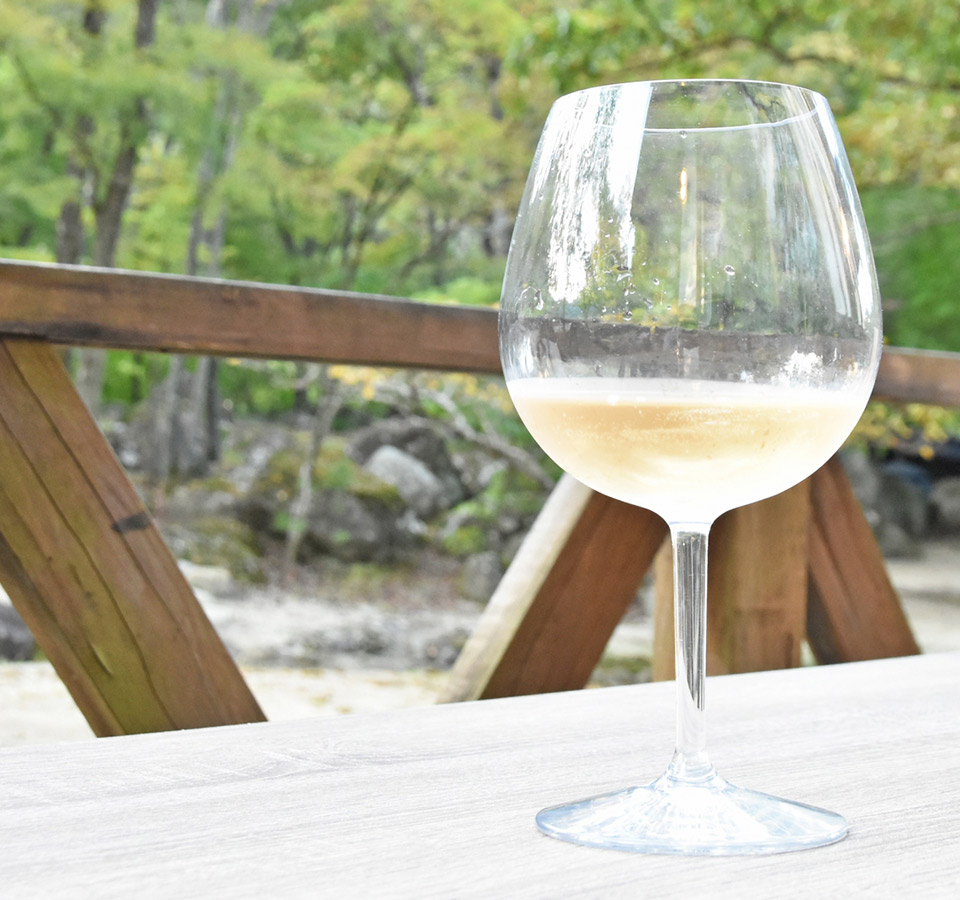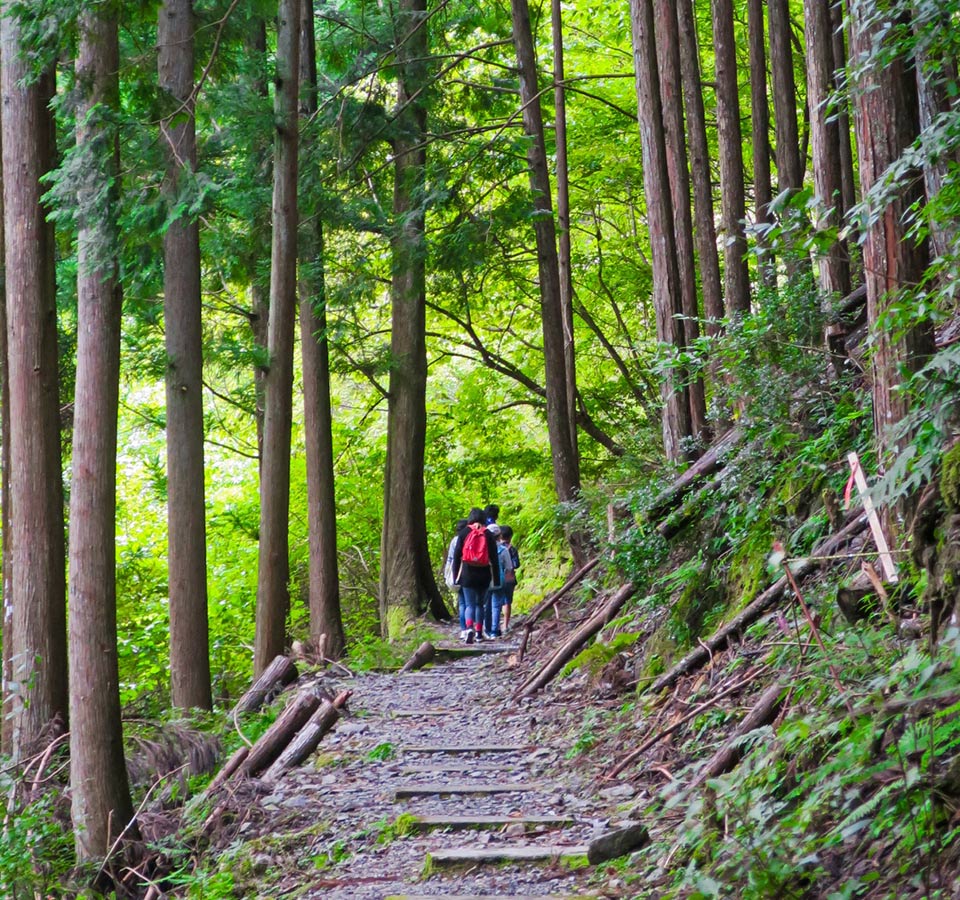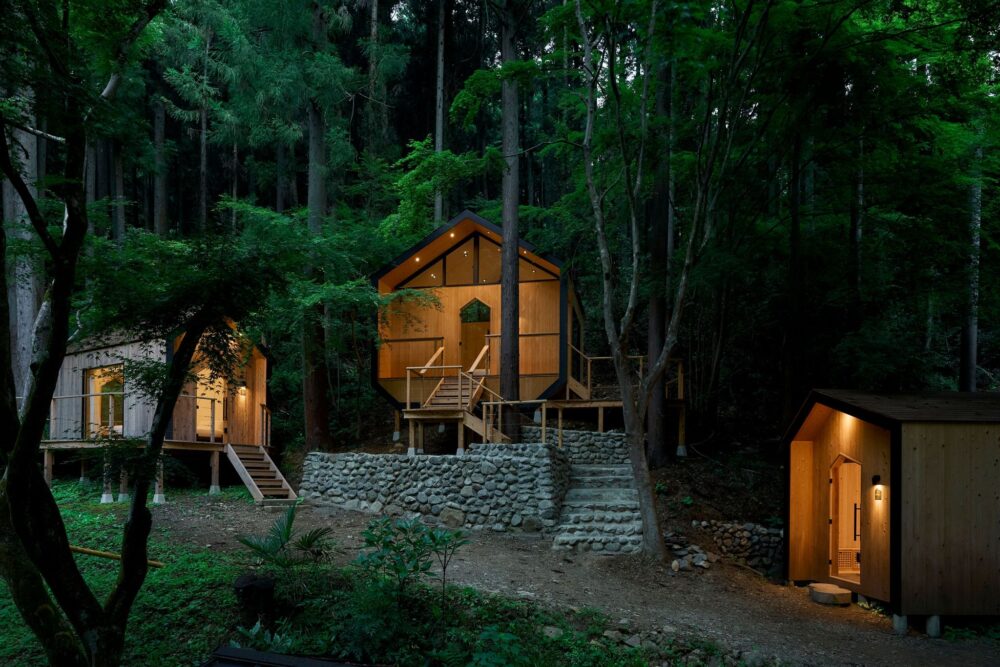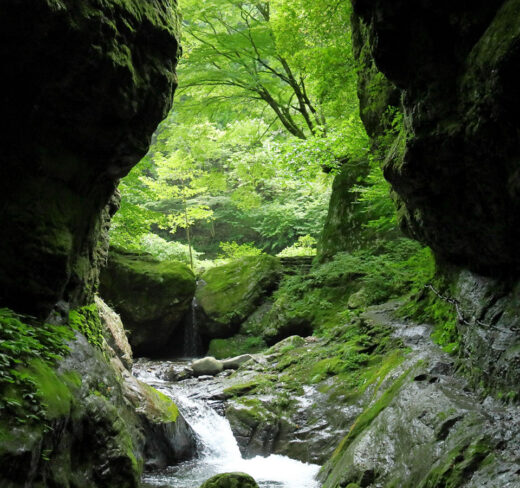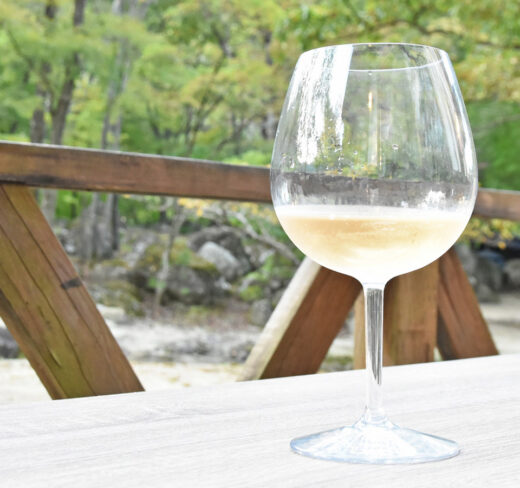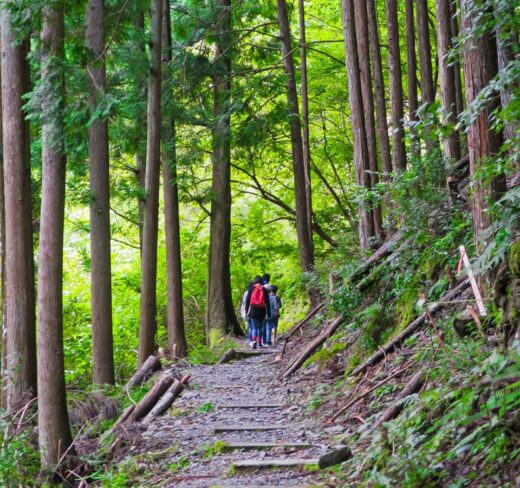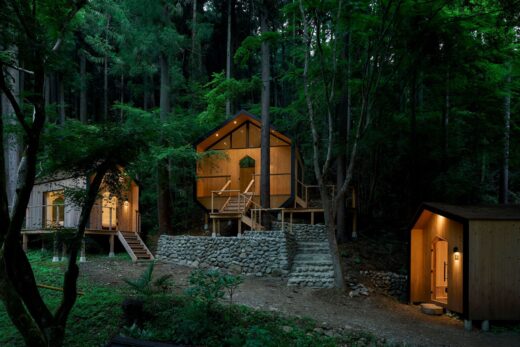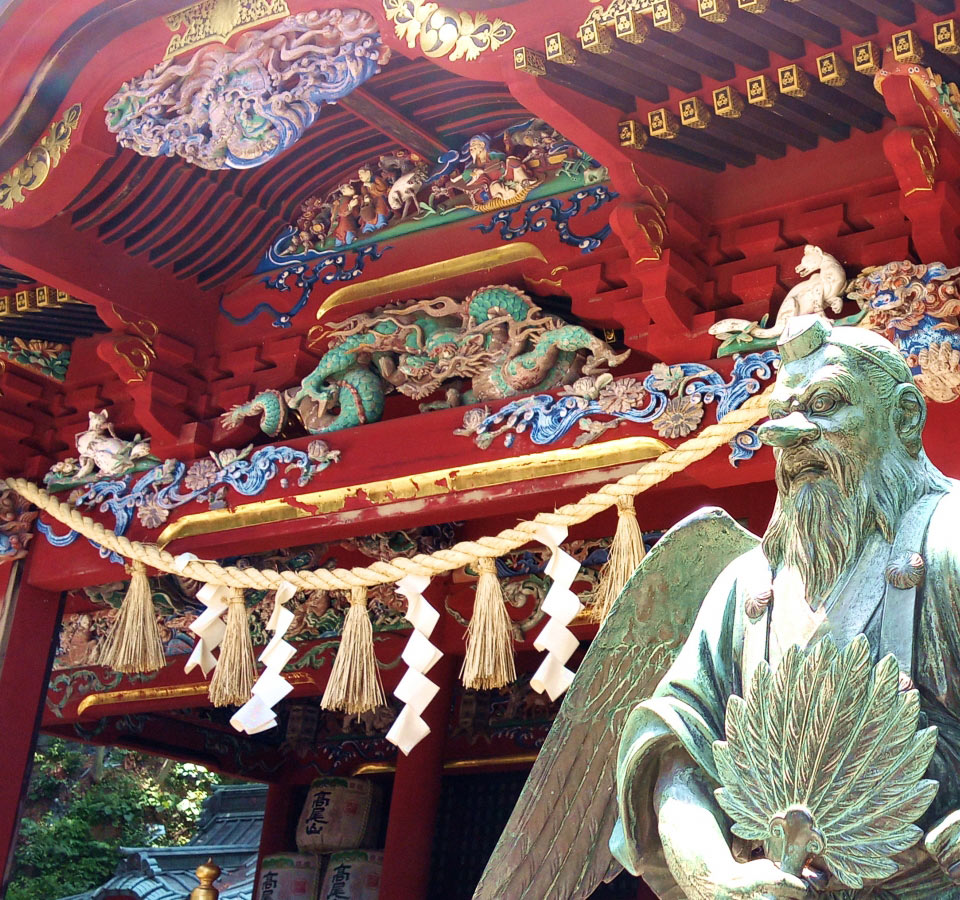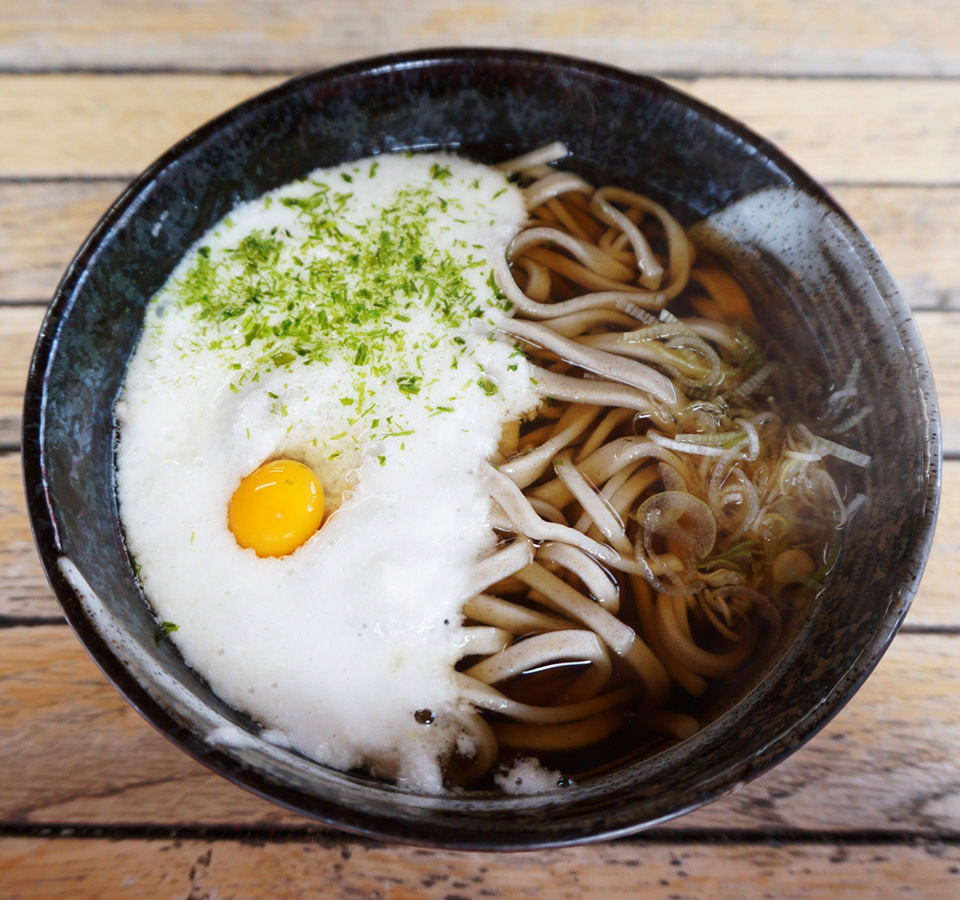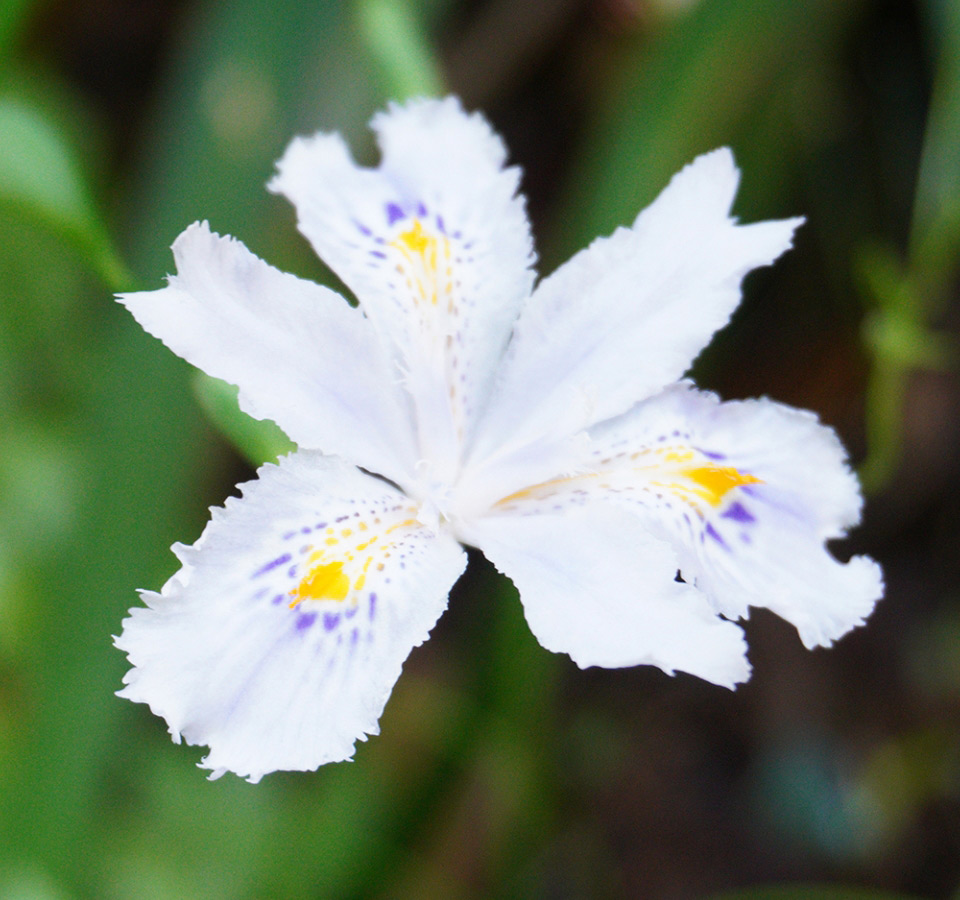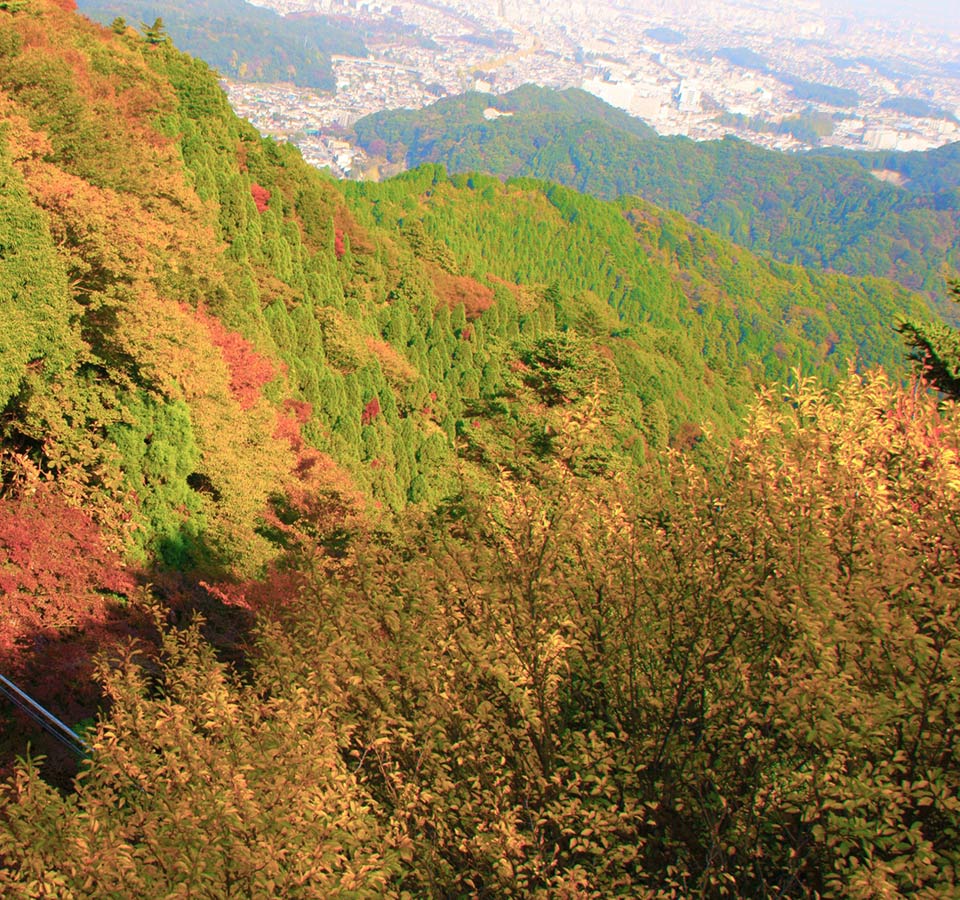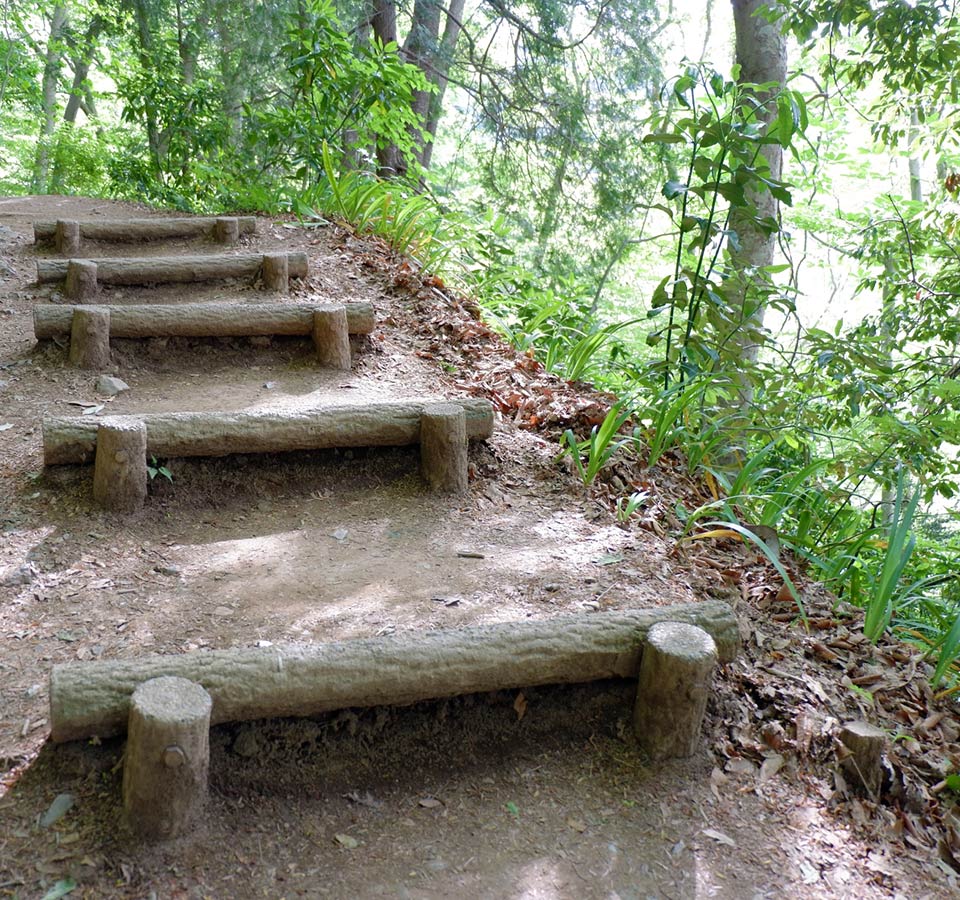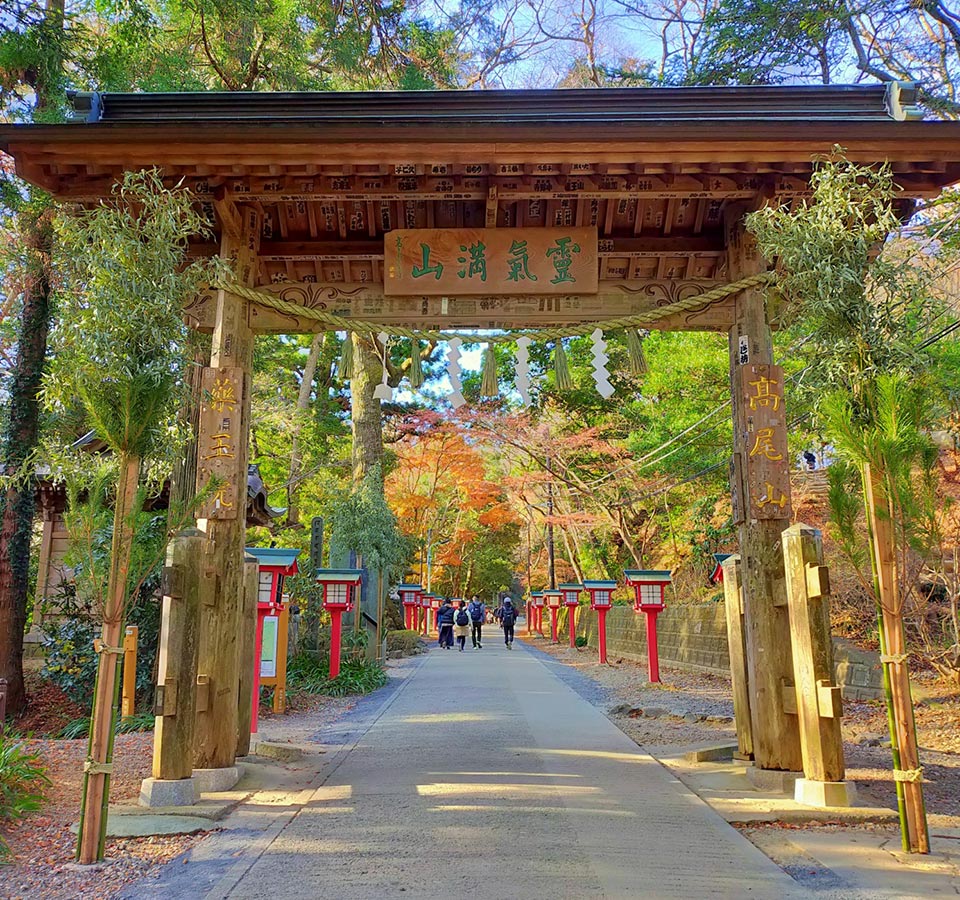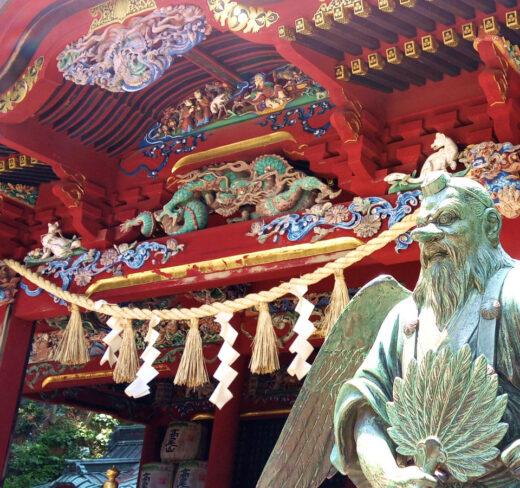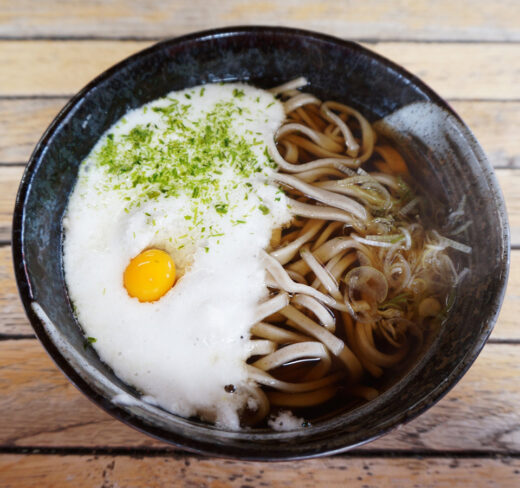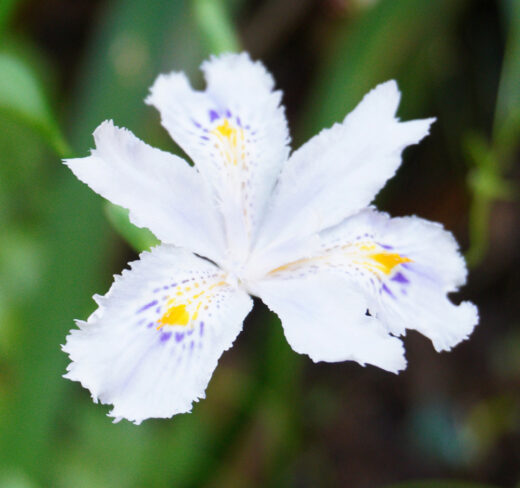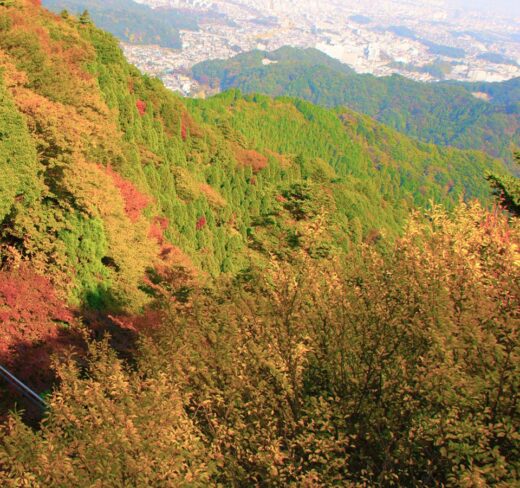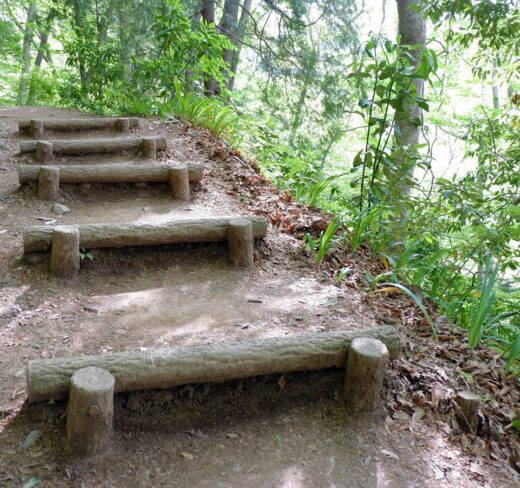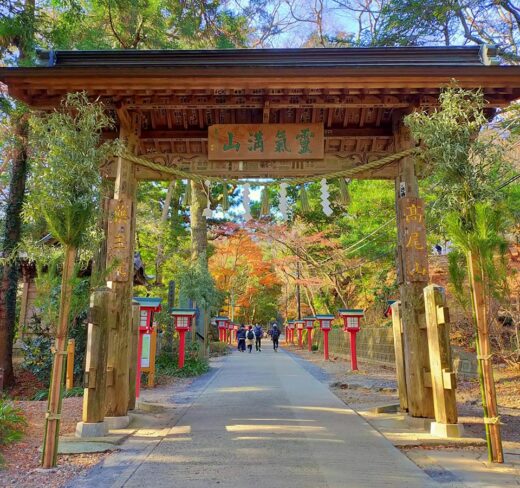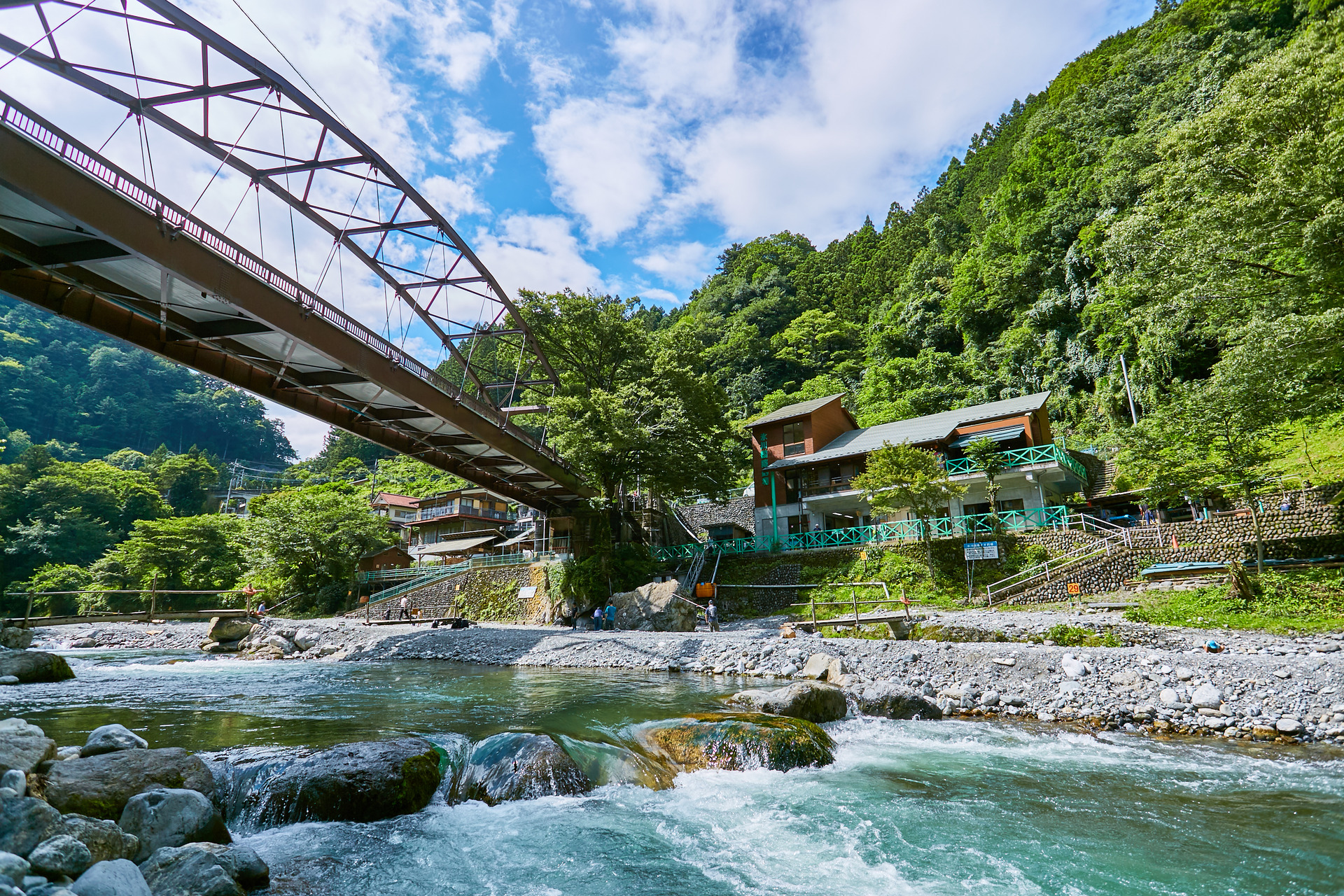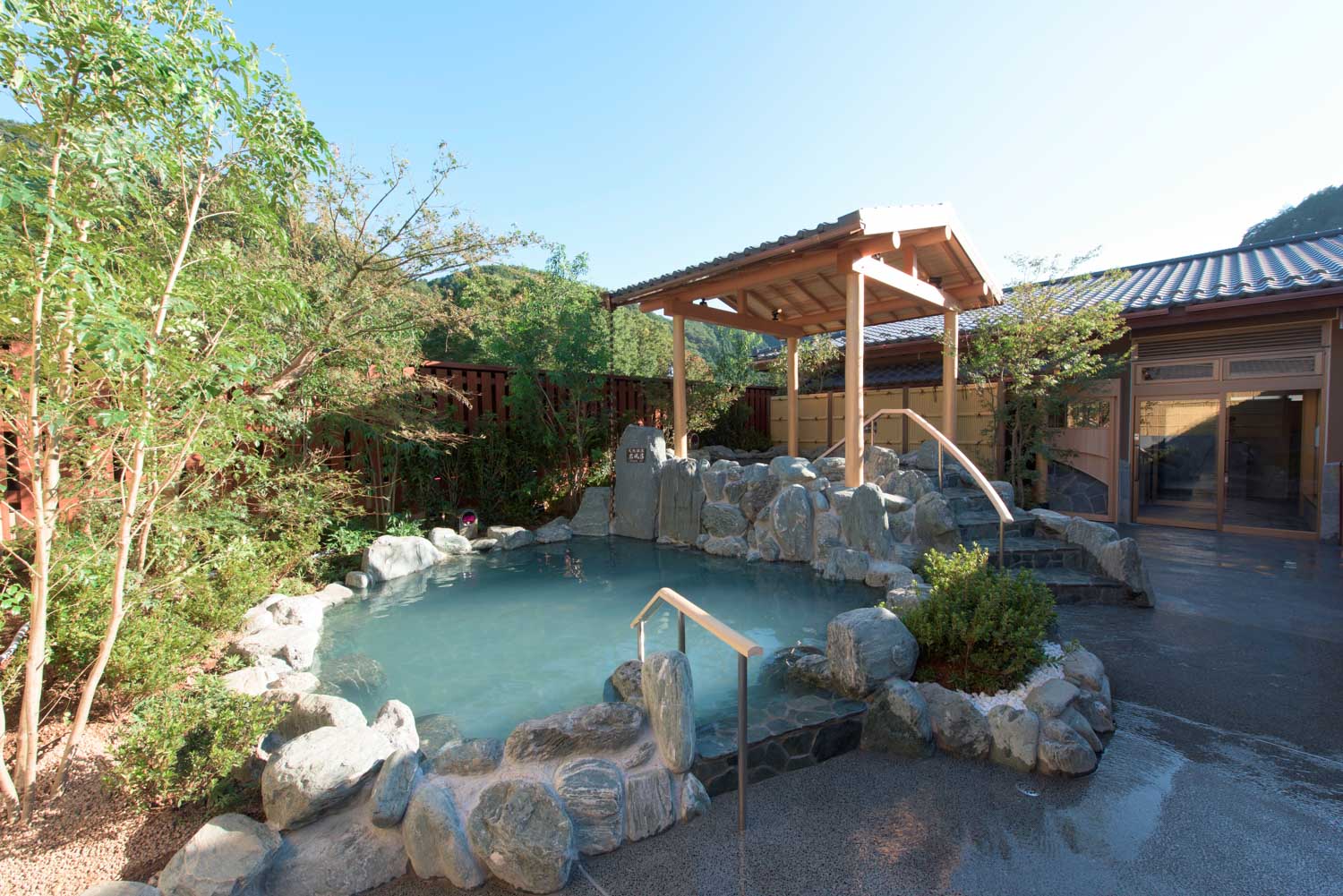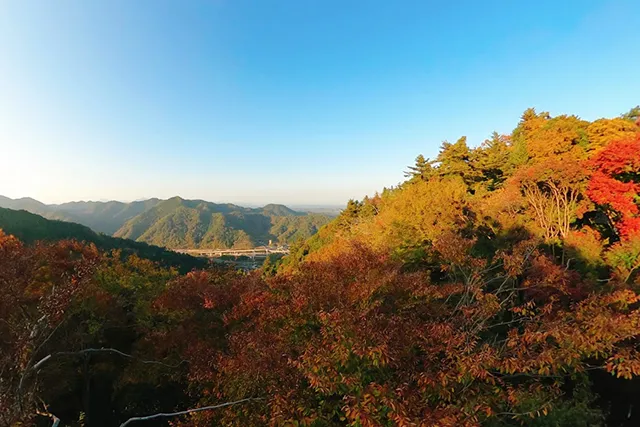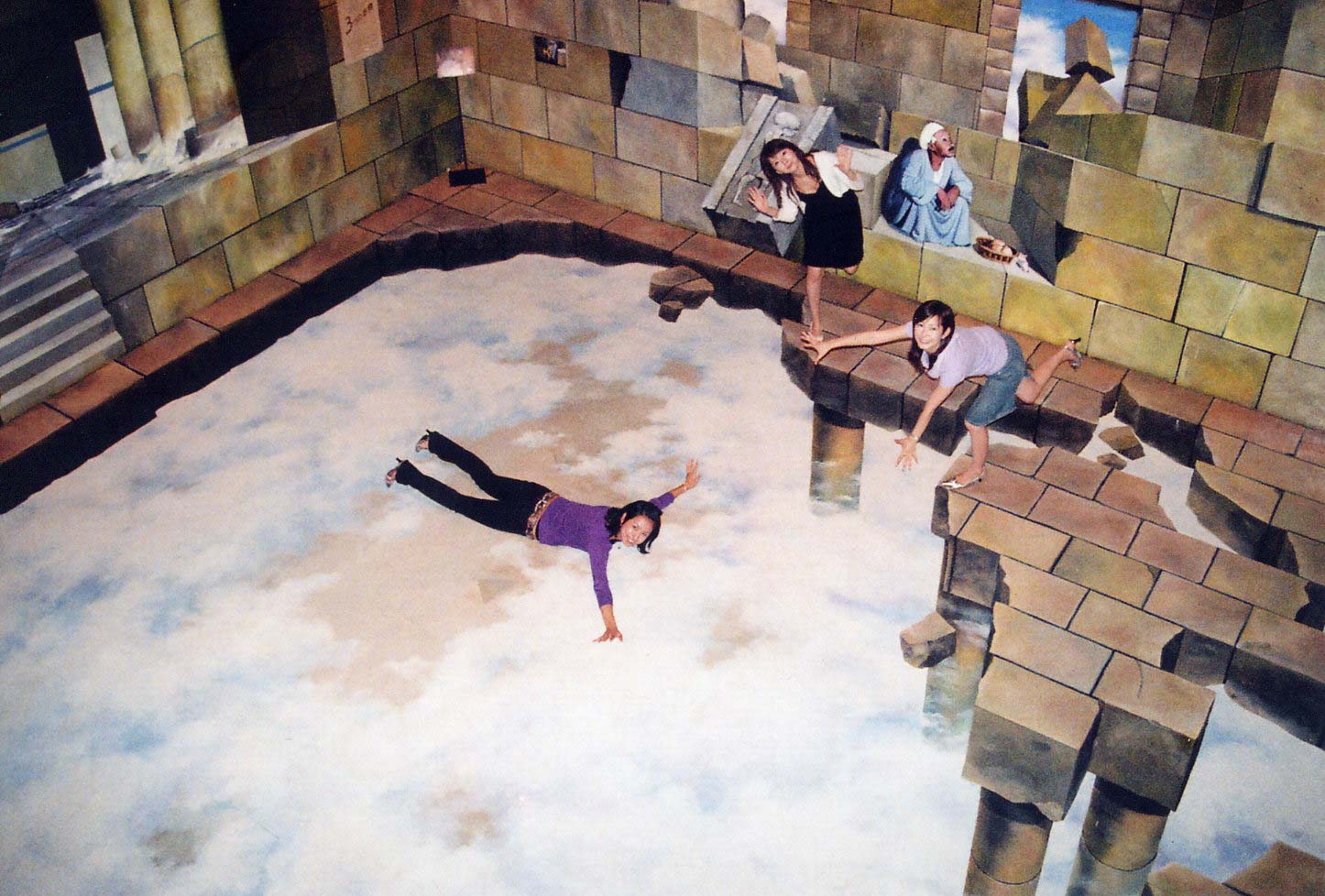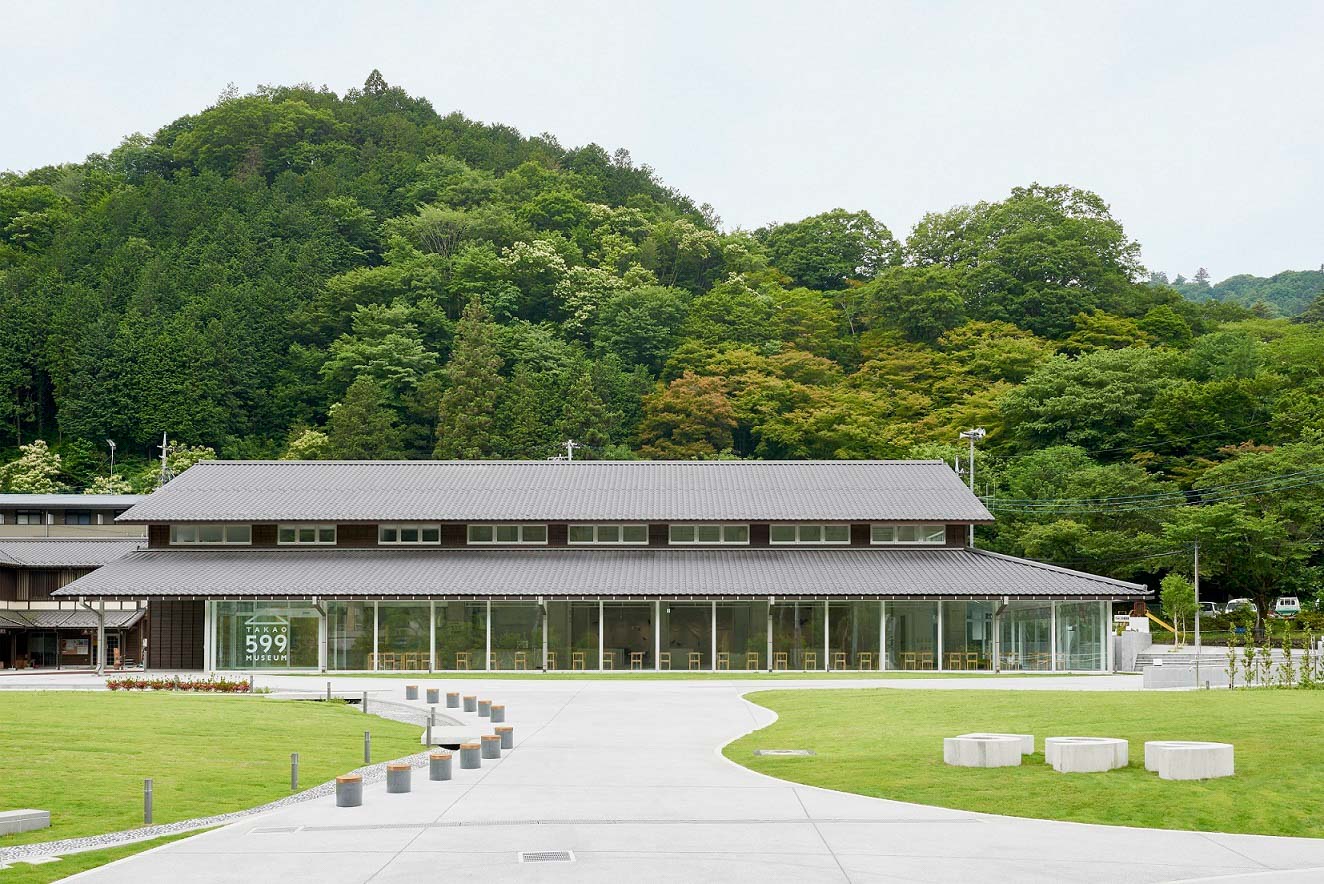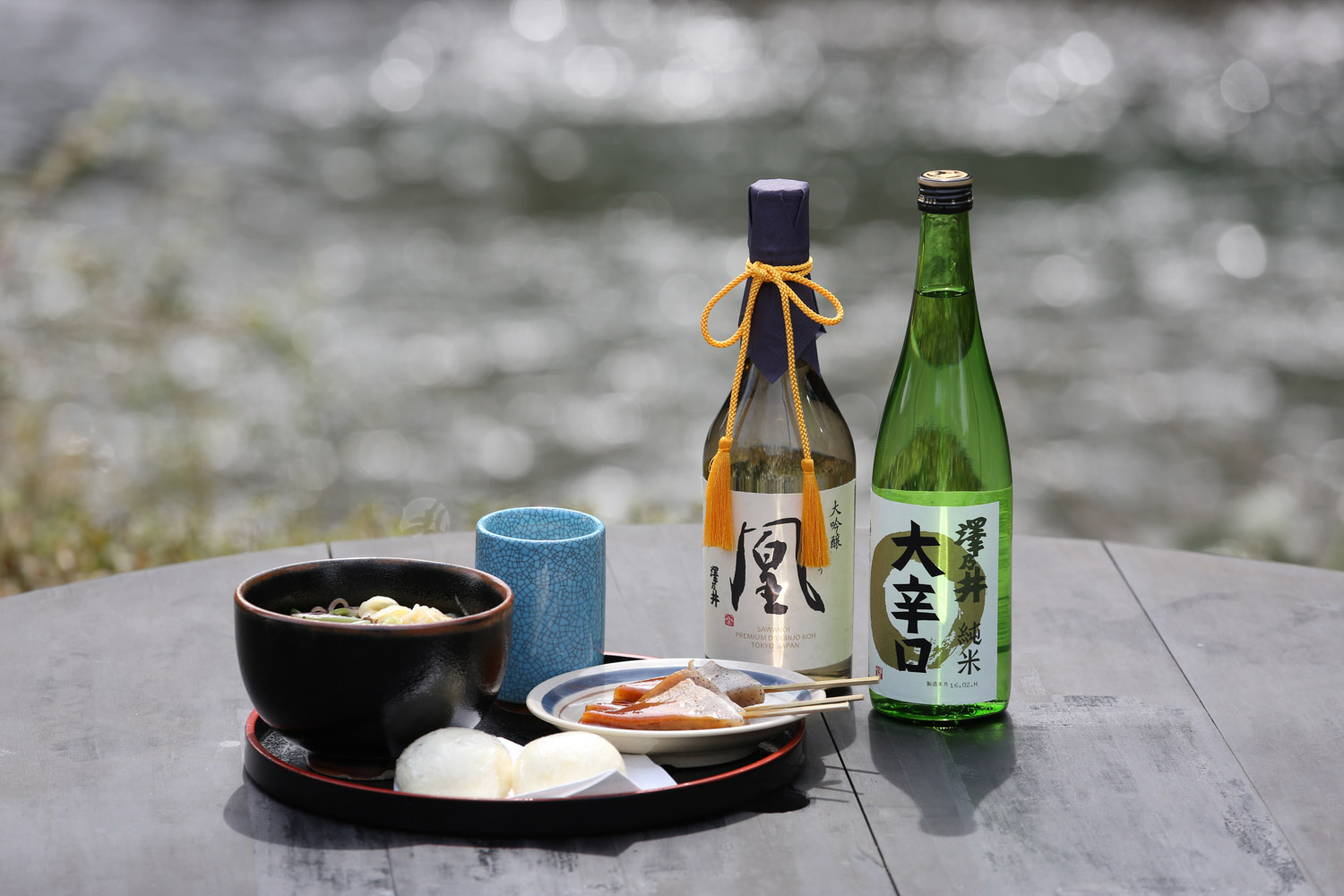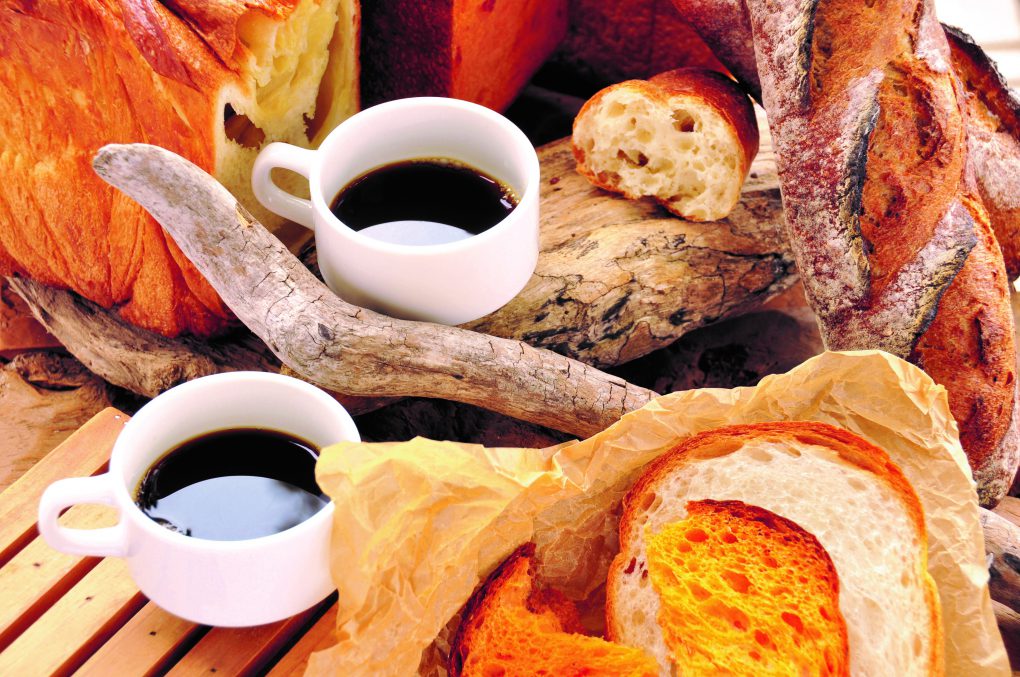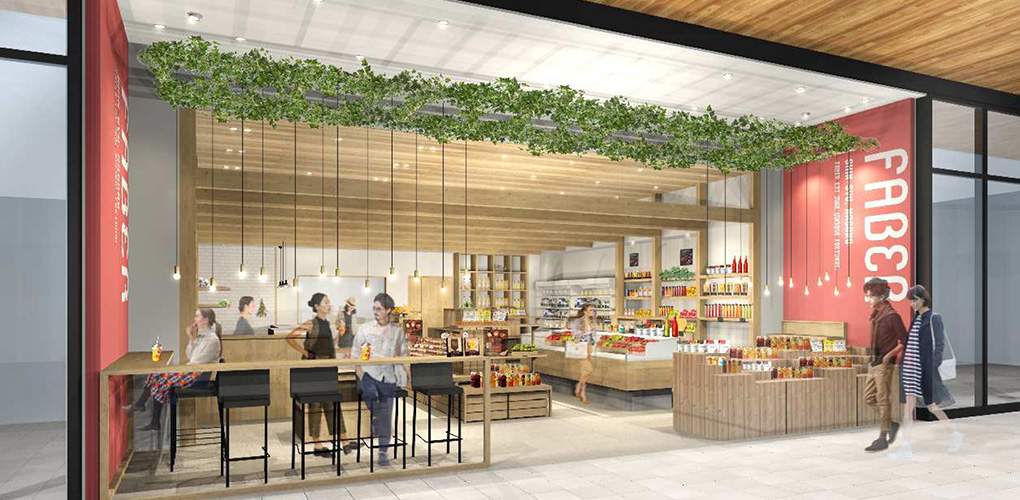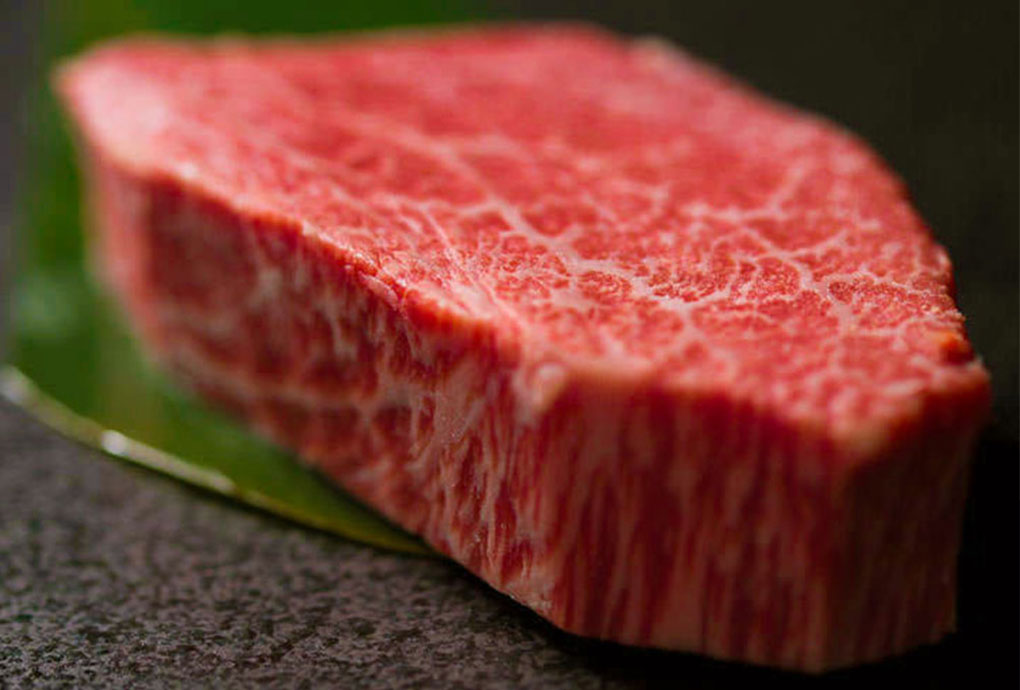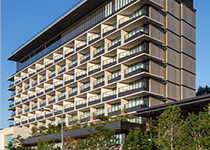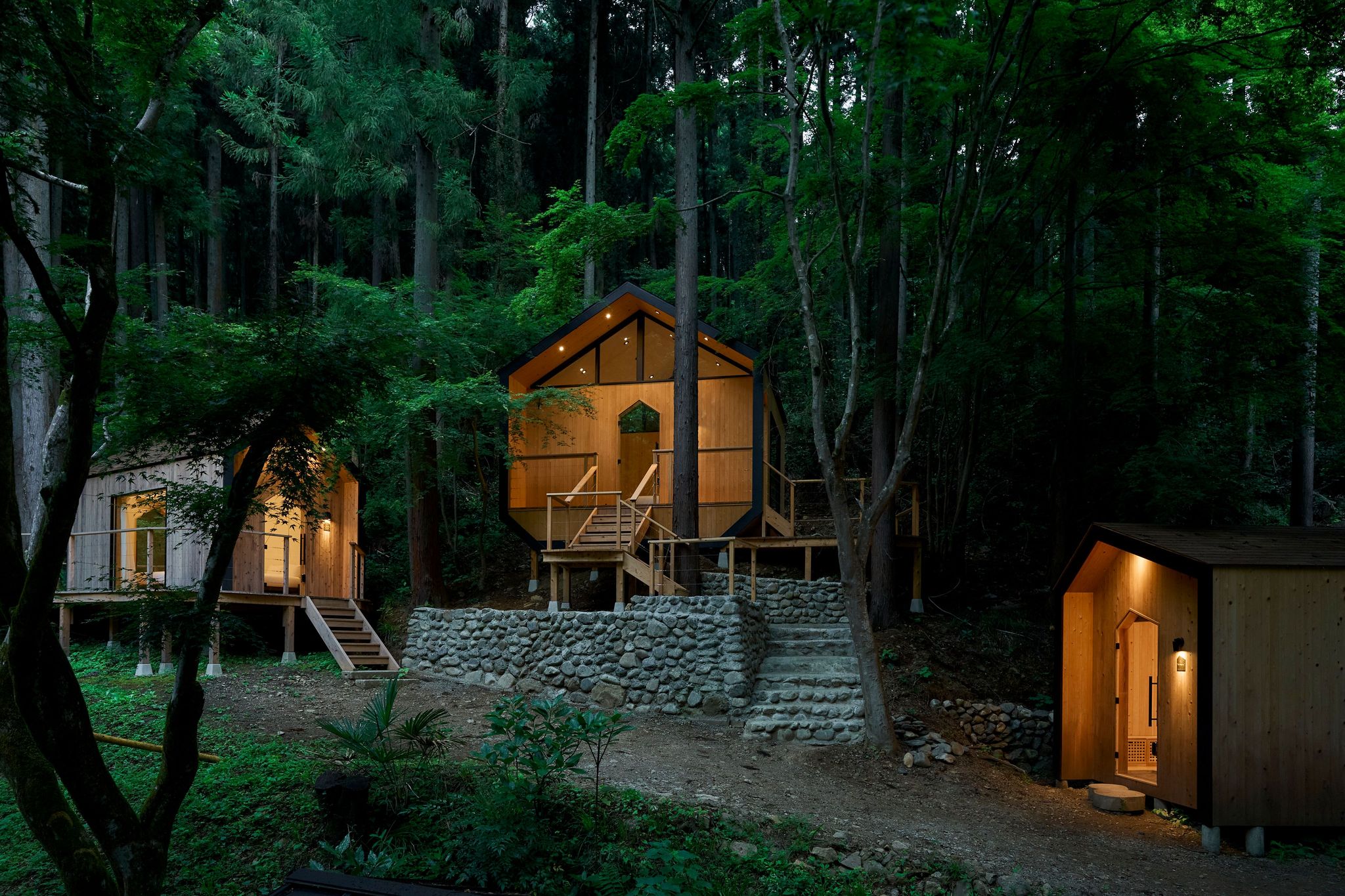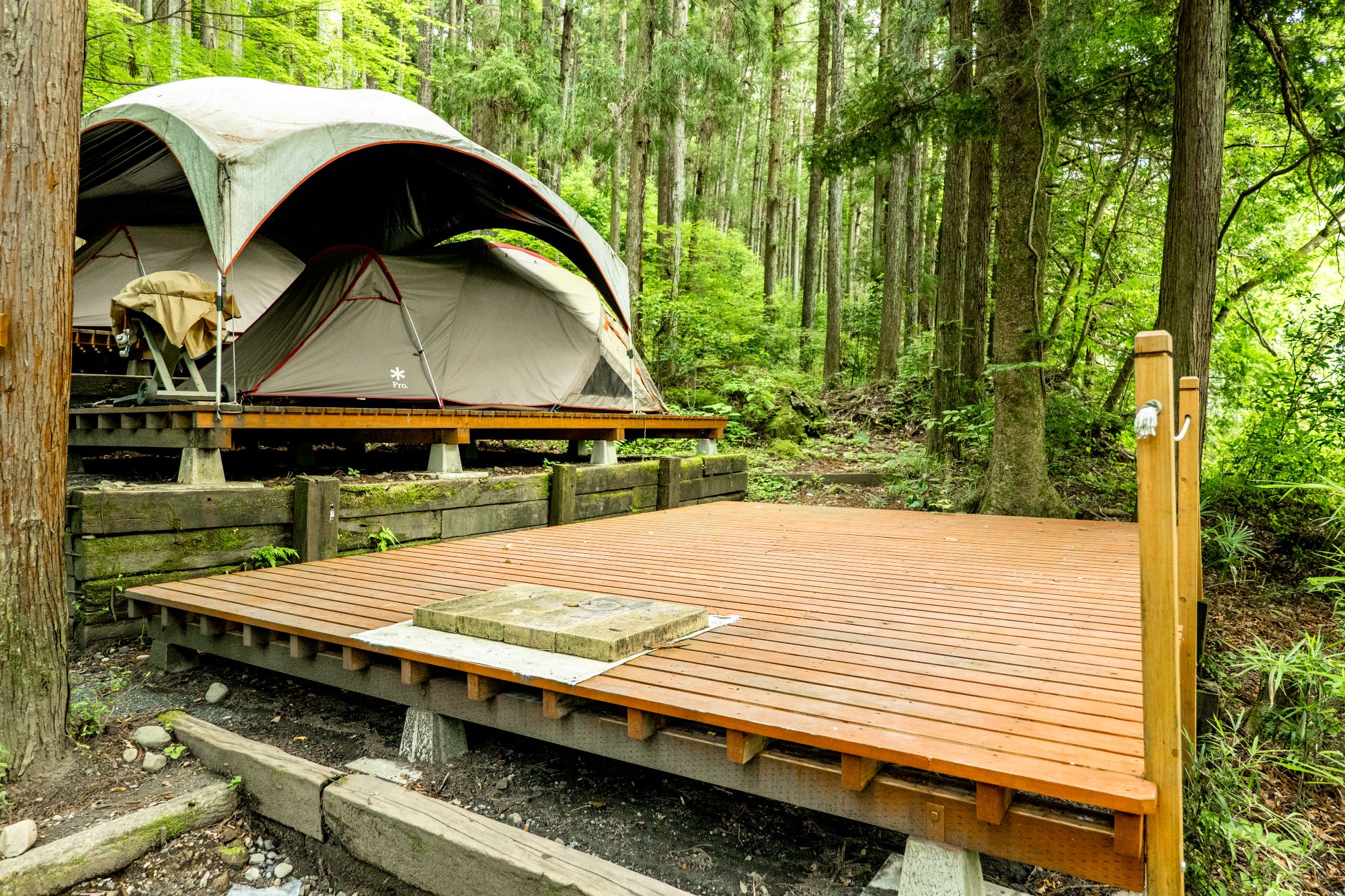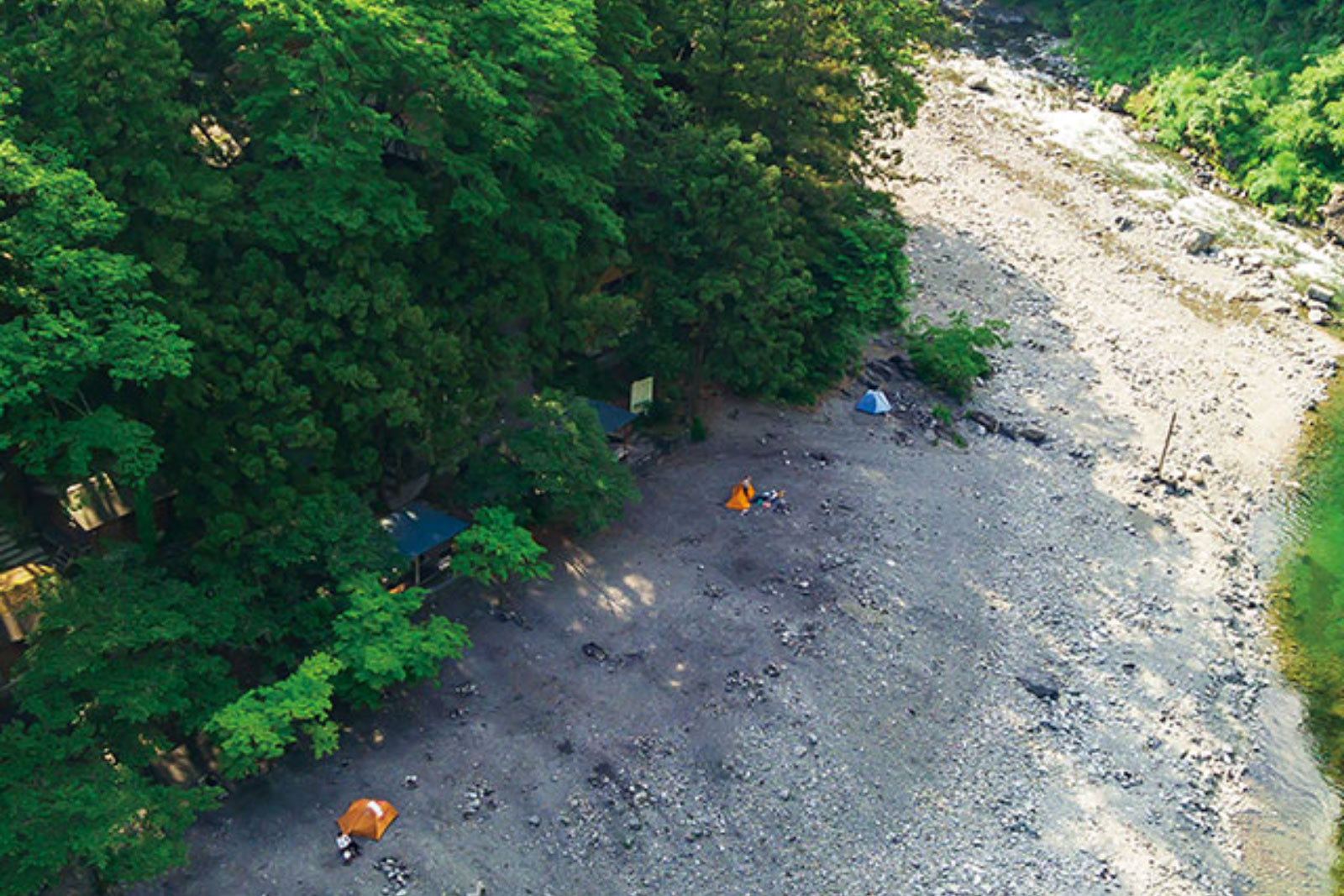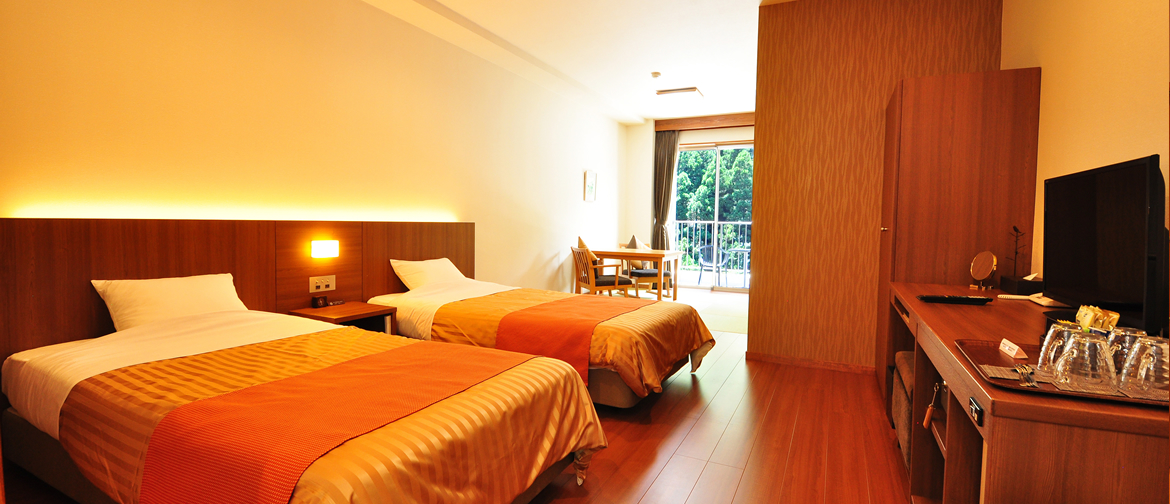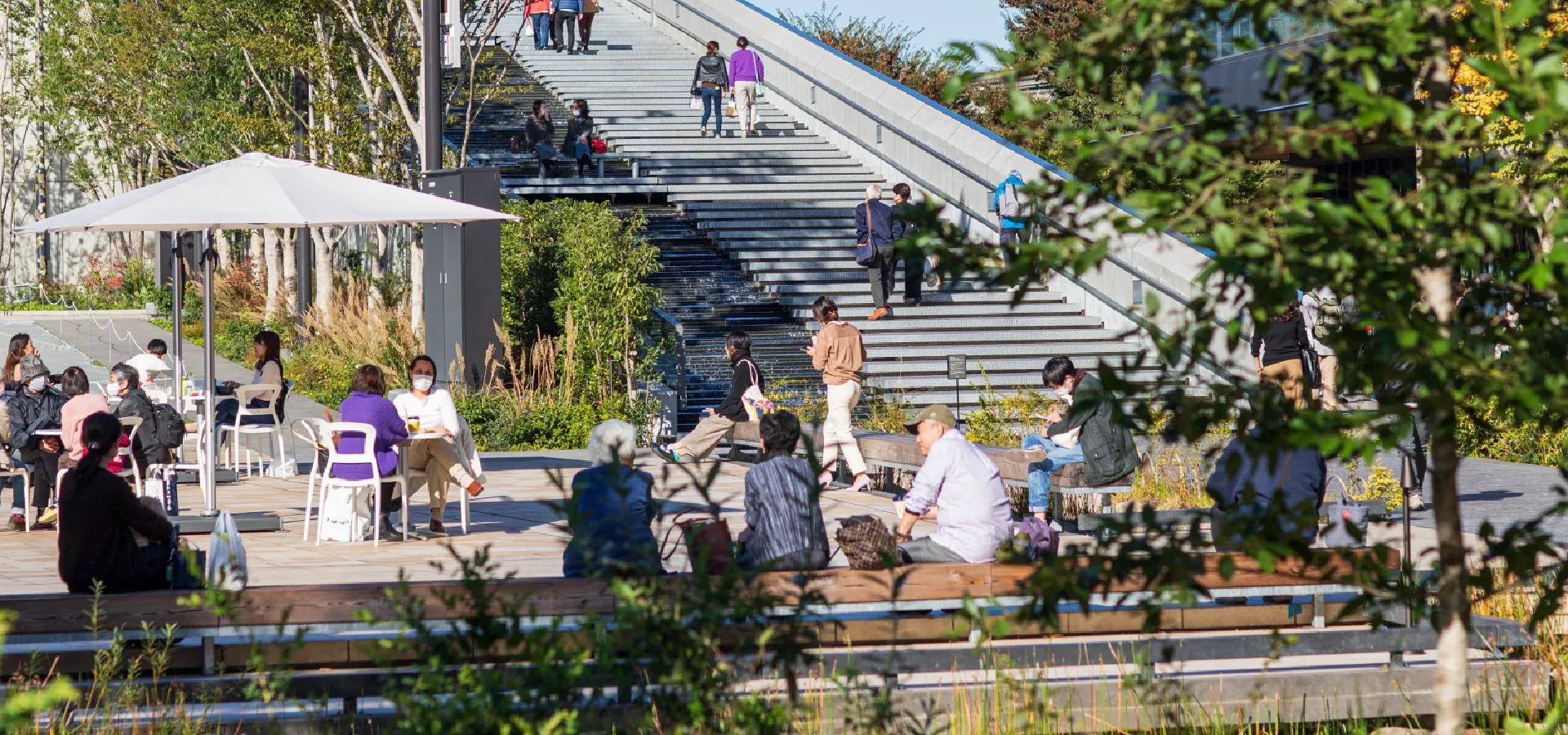

A “well-being” experience that connects the sky, Earth, and people
Tachikawa is a town located about 30 minutes by train from central Tokyo.
Along the JR Chuo Line, which traverses Tokyo, it boasts the second busiest number of passengers after Shinjuku Station, and is one of the most popular cities representing the global city of Tokyo.
Tachikawa effectively marks the entrance to Chichibu-Tama-Kai National Park, including Tokyo's watershed protection forest, which stretches out to the west. The entire area is surrounded by rich nature and you can experience many encounters with the people who live there and their traditional culture.
Here you can discover a sense and a time of “well-being'' that most don’t know can be found in Tokyo.
Another hidden Tokyo, full of surprises and excitement awaits.
CourseRecommended Course
Tachikawa
Area
Well-being Town Tachikawa
“GREEN SPRINGS” is a facility complex located in Tachikawa. The site is surrounded by lush nature and includes hotels, multi-functional halls, and museums.
Many popular shops and restaurants in the Tokyo metropolitan area are located here, and the area is dotted with many large commercial facilities such as the Showa-Kinen-koen State Park, movie theaters, and department and electronics stores. At night neon signs shine in the restaurant area surrounding the station, allowing you to enjoy Tokyo's nightlife to the fullest.
*We will be adding more tourist information on the area in the future.
Okutama
Area
Okutama located entirely within the national park can be considered to soothing as the “Family Room” of Tokyo.
The entire area of Okutama, the westernmost part of Tokyo, is included in Chichibu-Tama-Kai National Park. The traditional mountain village culture still remains in the vast forests and deep valleys.
There are mountains where you can enjoy beautiful views during each season, including Mt. Kumotori-yama, the highest peak in Tokyo. It is popular among mountaineers and hikers. There are campsites and BBQ areas at the foot of the mountain. Various recreational options available such as hot springs, fishing spots, rental bicycles, river activities, etc. It is a fully-equipped area where everyone from children to adults can enjoy the whole day.
*We will be adding more tourist information on the area in the future.
MT.Mitake &
MitakeValley
Area
A sacred mountain where the gods dwell above a beautiful valley.
Mt. Mitake-san has been worshiped by people since ancient times. There has been continuous human activity on the mountain since the Edo period.It is lined with houses (Shukubo) of Shinto and Buddhist priests, which also served as pilgrim’s lodging houses and meals for visitors to the Musashi-Mitake-jinja Shrine and to tourists. At the foot of the mountain flows a beautiful clear stream that has been designated as one of Japan's 100 best rivers. There is a scenic spot called Mitake-keikoku Valley, and there is a sake brewery that produces the famous sake "Sawanoi" made from its beautiful water. The area is also popular for river activities such as rafting and canoeing.
*We will be adding more tourist information on the area in the future.
AkigawaValley
Area
Enjoy the murmuring of the valley and the idyllic countryside scenery.
From Hinohara-mura Village, the only village in Tokyo (excluding islands), to Akiruno City.
Akigawa-keikoku Valley has a total length of about 20km. There are many sweetfish and yamame trout in the beautiful clear stream. They live in large numbers and are desired by many anglers from all over the country.
Along the valley, there are vast fields and beautiful countryside. The mountain scenery is some of the best Tokyo. Production of high-class Japanese black beef, Akigawa-gyu Beef, and brewing of local sake and soy sauce are common traditional industries of this area. You can also enjoy various gourmet food and drink establishments which rely on the nature of this area, such as breweries, wineries, and beekeeping.
*We will be adding more tourist information on the area in the future.
Takao
Area
The mountain with the most climbers in the world, and culture is still alive at the foot of the mountain.
Mt. Takao-san, which has an altitude of 599m, is visited by 3 million people a year and is “the mountain with the most climbers in the world.” In 2020, it was certified as a “cultural heritage site” for the first time in Tokyo. To nourish worshipers at Yakuo-in Temple at the top of the mountain,
“Soba (Japanese needles)” is said to have been created using nutrient-rich Japanese yam that was rubbed and added to the bowl.
This area is famous for its soba noodles, and there are many soba shops at the foot of the mountain.
Surrounding the mountain, there are several satoyama areas where Japan's mountain culture still remains, and where you can also experience dairy farming and agriculture.
Fascinated by this area, many artists who produce leatherwork and pottery have moved here so a variety of ateliers and workshops are scattered around the foot of the mountain.
*We will be adding more tourist information on the area in the future.
What’s New
Access

When coming from Haneda Airport
Haneda Airport⇔GREEN SPRINGS(Tachikawa)
- Airport Limousine Bus
-
Approx. 1 hr. 30-50 min.
Adult ¥1,600 / Child ¥800 (up to elementary school)
*Seating capacity based on first-come, first-served basis (not by reservation)
Click here for timetable (11 round-trip flights per day)
Stop: Near the entrance/exit of the GREEN SPRINGS 1F parking lot
- Keihin Airport Line
-
<Shinagawa direction>
Haneda Airport → Shinagawa Station 23 min.
<JR Yamanote line bound for Shibuya >
Shinagawa station → Shinjuku station 21 min.
<JR Chuo Line, Toward Takao/Ome>
Shinjuku Station → Tachikawa Station 40 min.
8 minute walk from Tachikawa Station to GREEN SPRINGS
- Tokyo Monorail
-
<Hamamatsucho direction>
Haneda Airport → Hamamatsucho Station 23 min.
<Shinagawa area>
Hamamatsucho Station → Shinjuku Station 30 min.
<JR Chuo Line, Toward Takao/Ome>
Shinjuku Station → Tachikawa Station 40 min.
8 minute walk from Tachikawa Station to GREEN SPRINGS
Customers coming from Narita Airport
Approx. 2 hours and 50 minutes
> The timetable is here
> In case of service suspension: Route guidance is here
*This is not a direct bus.
Please use the nearest stop "Palace Hotel Tachikawa".
- Keisei Limited Express Skyliner
-
<Keisei Ueno direction >
Narita Airport → Nippori Station 40 min.
<Ikebukuro area>
Nippori Station → Shinjuku Station 22 min.
<JR Chuo Line, Toward Takao/Ome>
Shinjuku Station → Tachikawa Station 40 min.
8 minute walk from Tachikawa Station to GREEN SPRINGS
- JR Narita Express Limited Express
-
<Yokohama/Shinjuku area>
Narita Airport → Hamamatsucho Station 65 min.
<Shinagawa area>
Hamamatsucho Station → Shinjuku Station 30 min.
<JR Chuo Line, Toward Takao/Ome>
Shinjuku Station → Tachikawa Station 40 min.
8 minute walk from Tachikawa Station to GREEN SPRINGS

